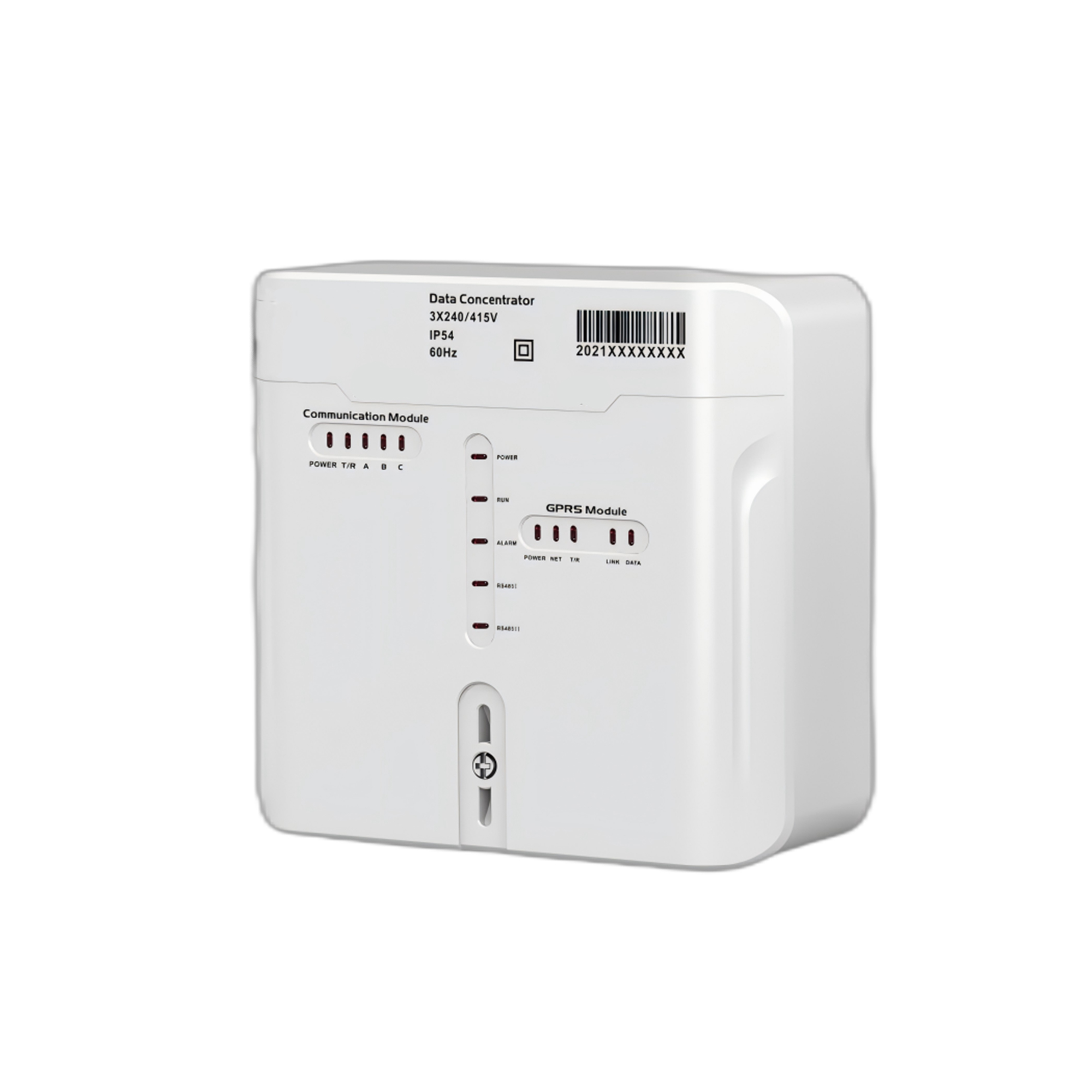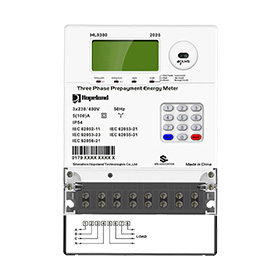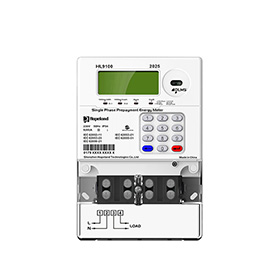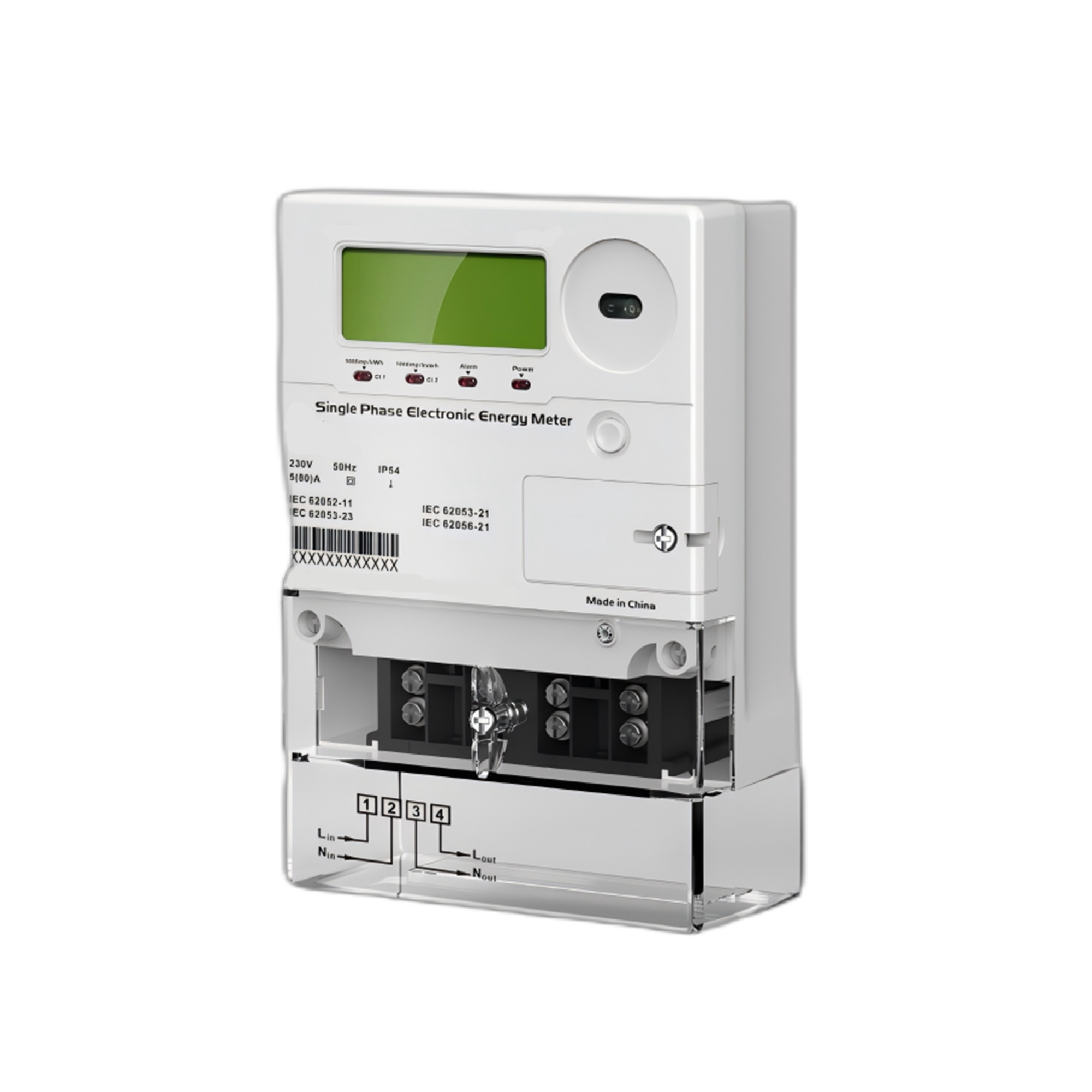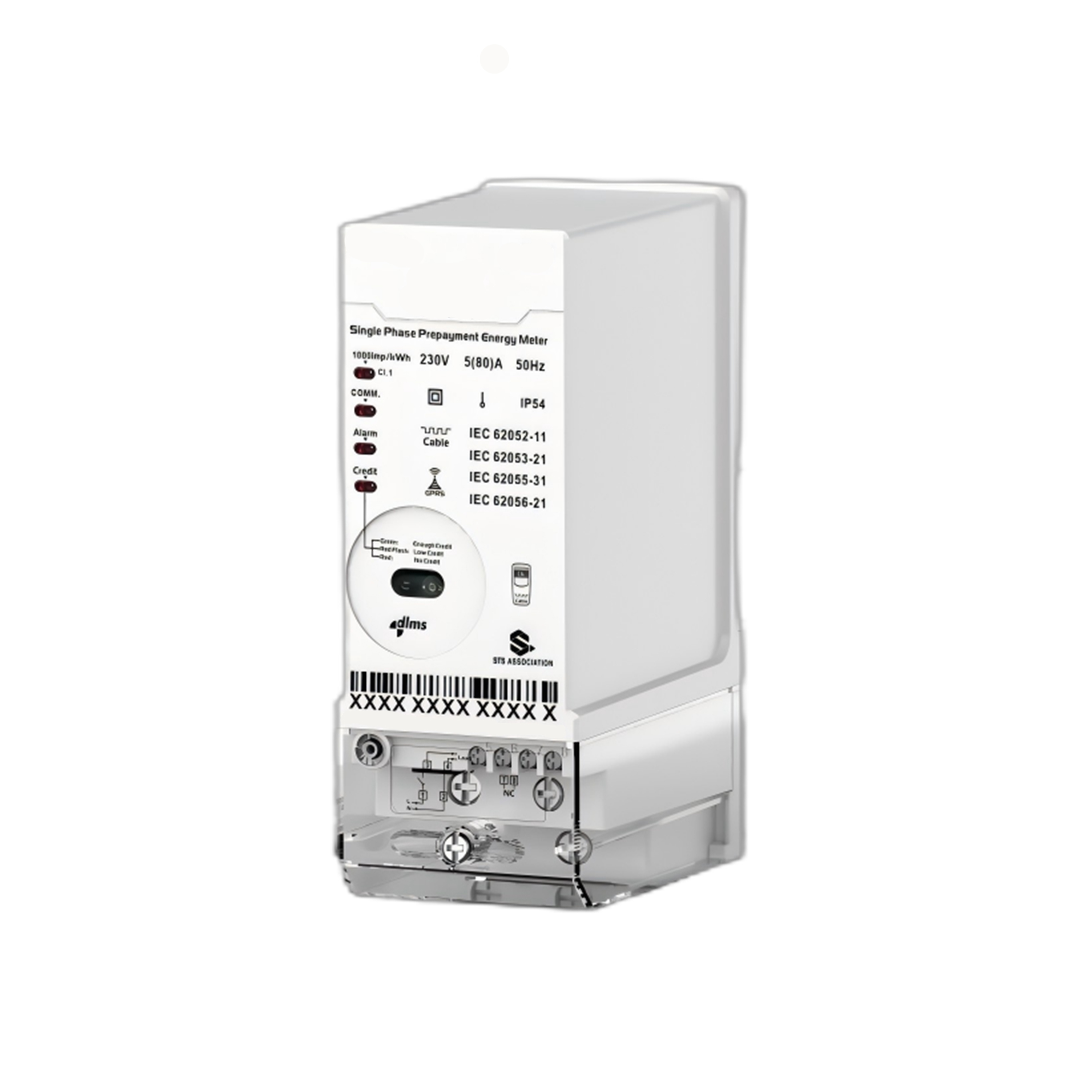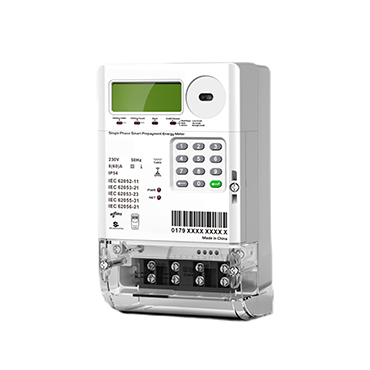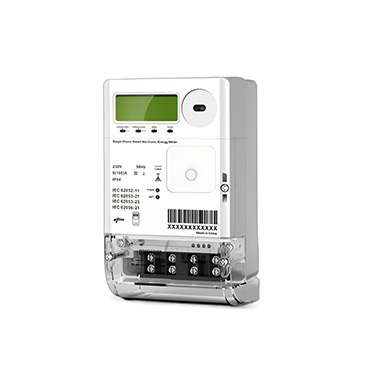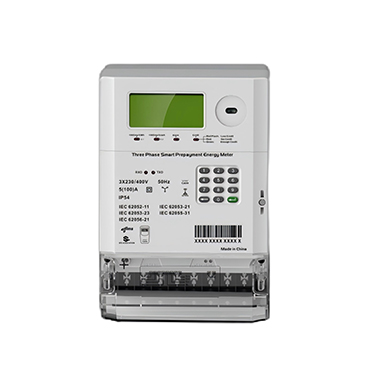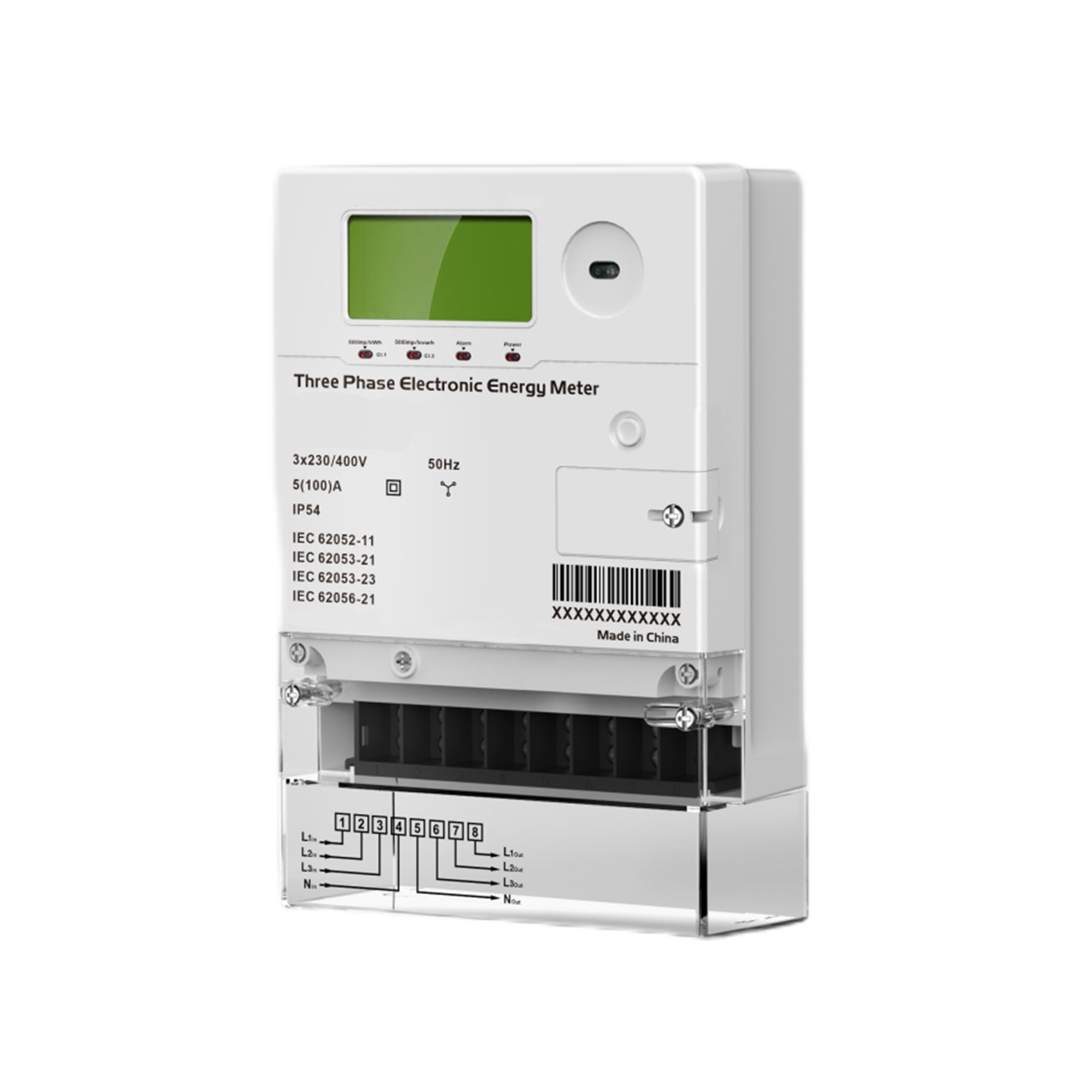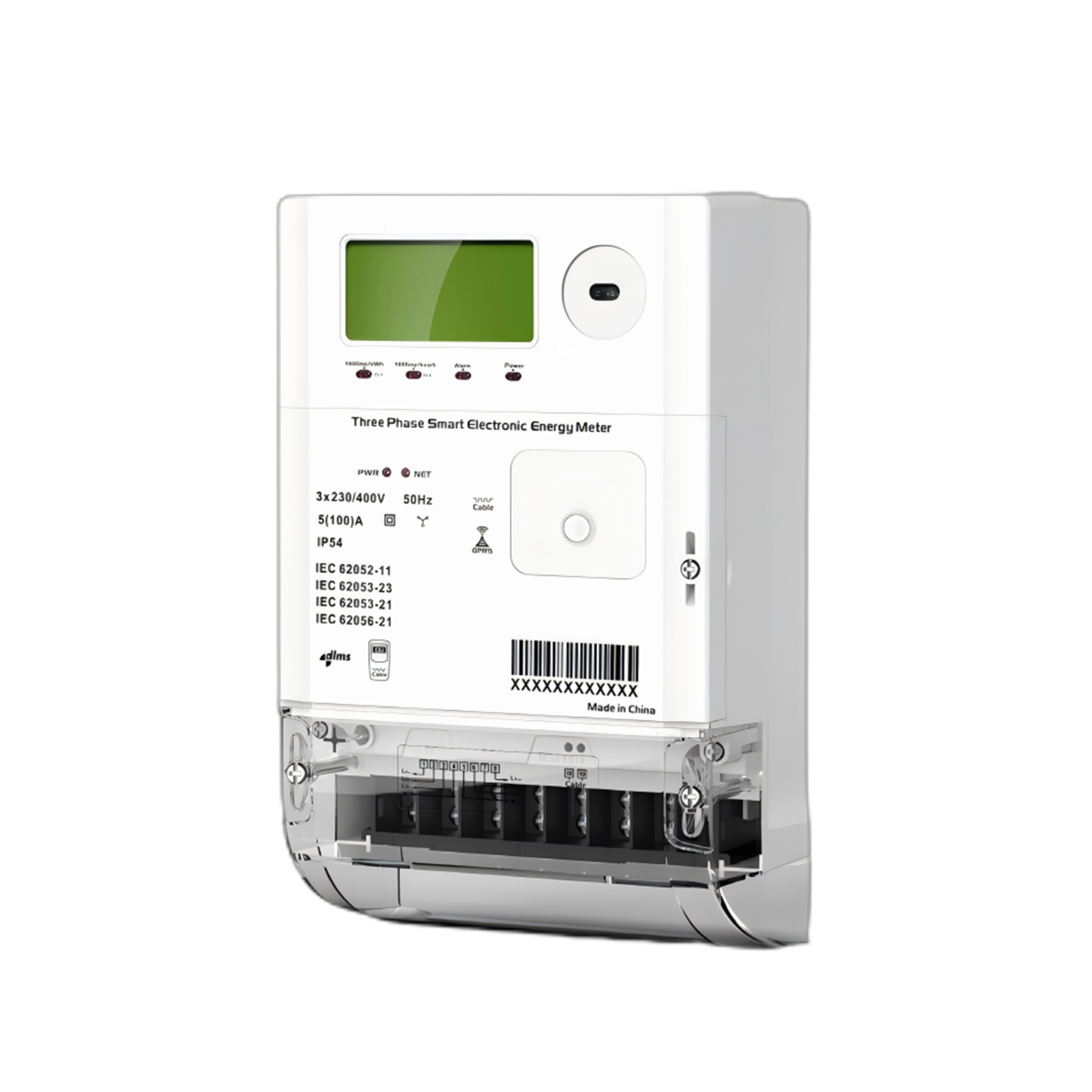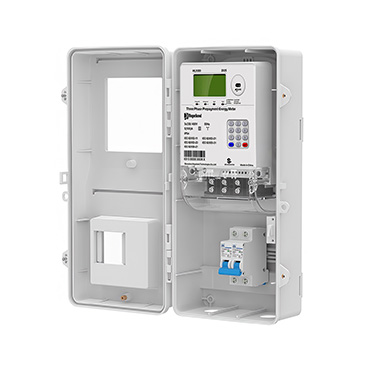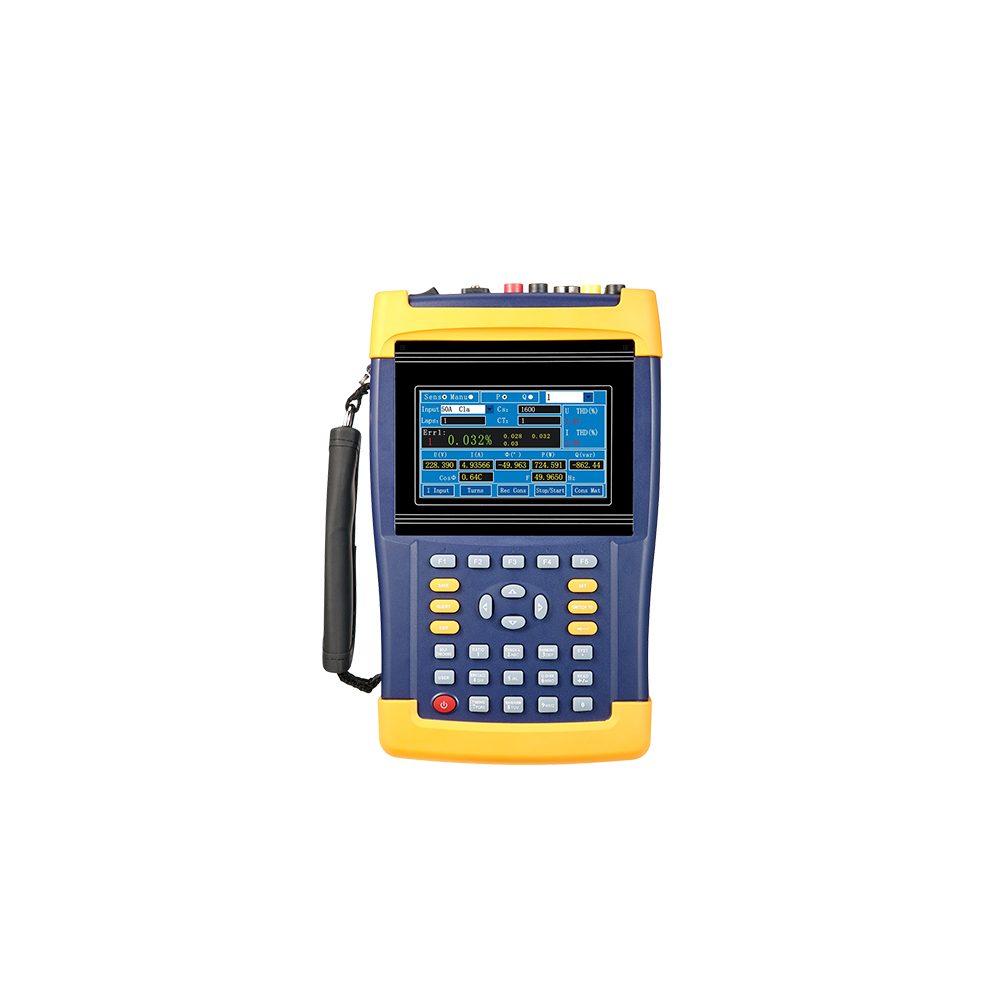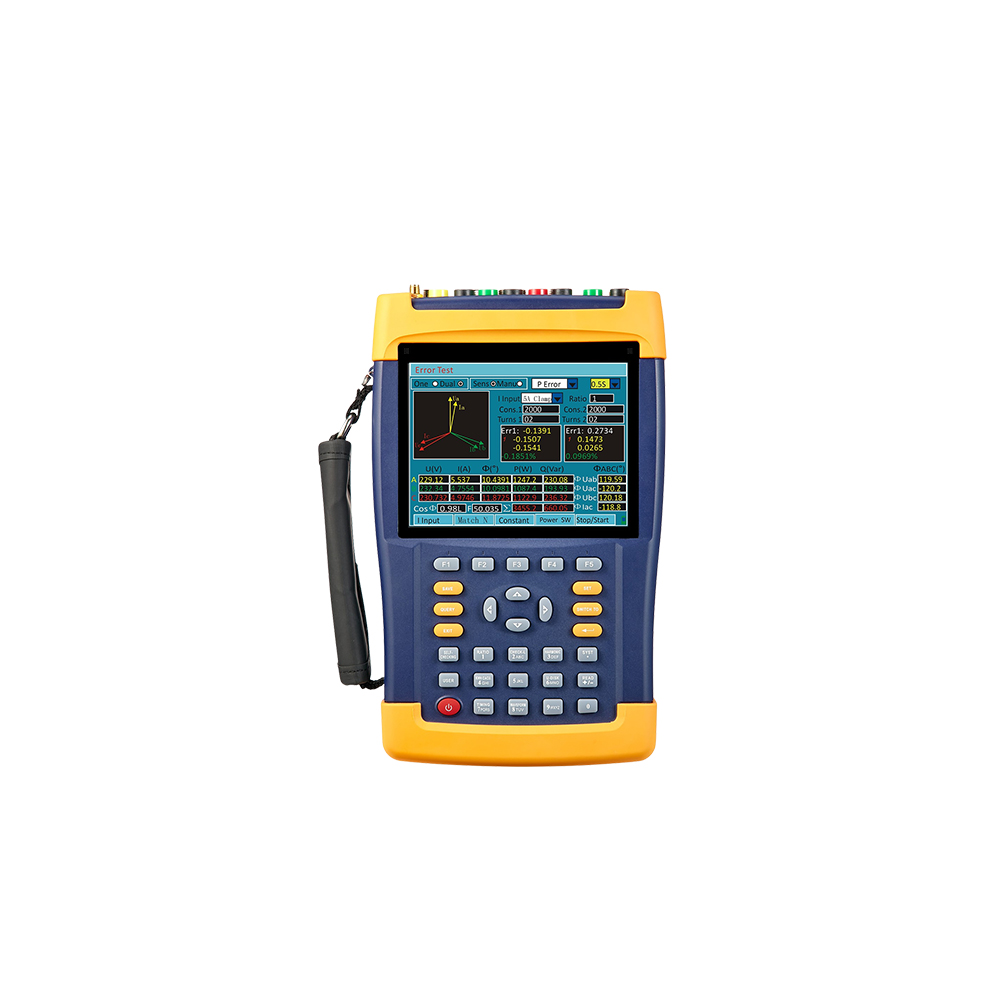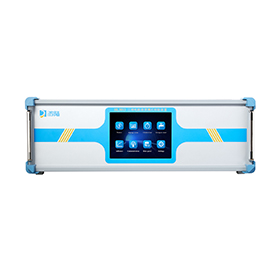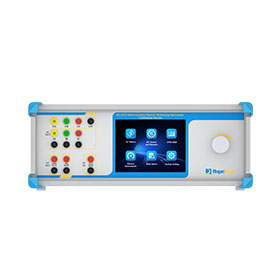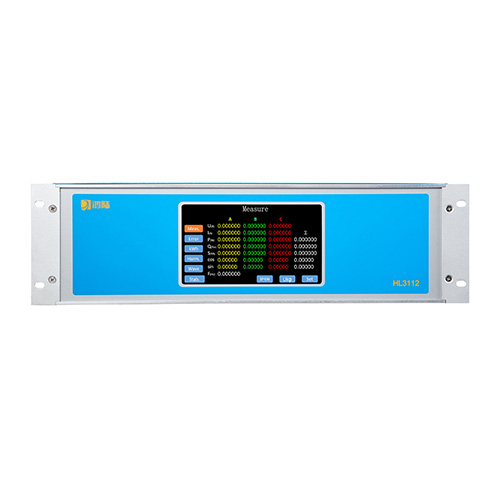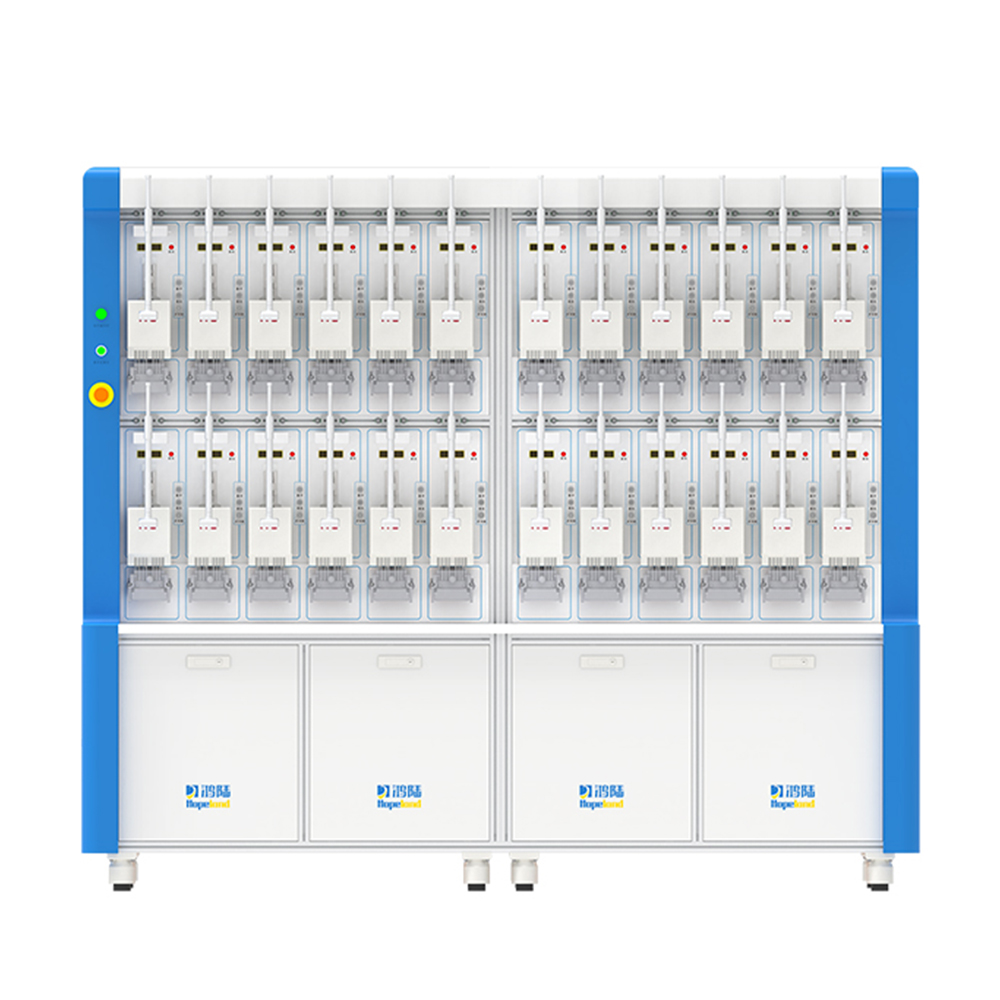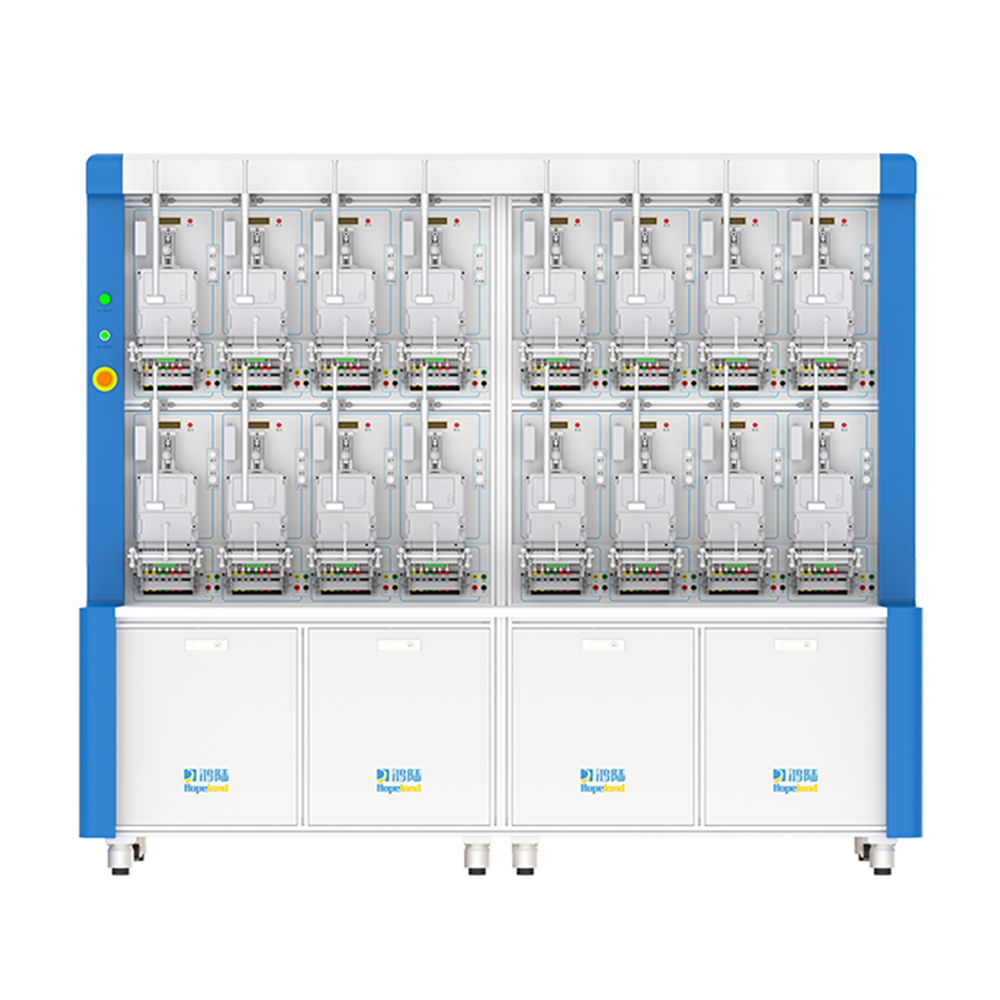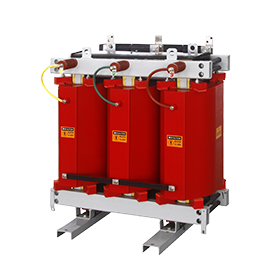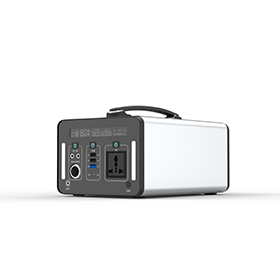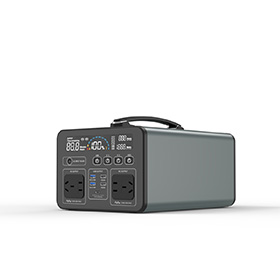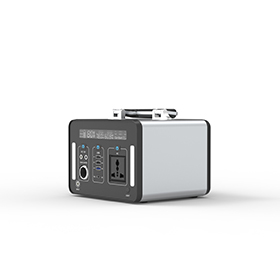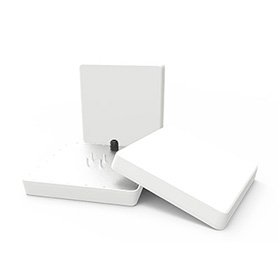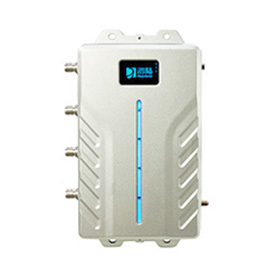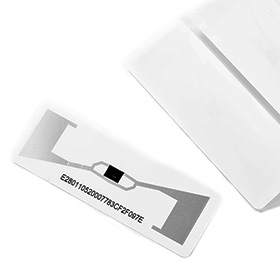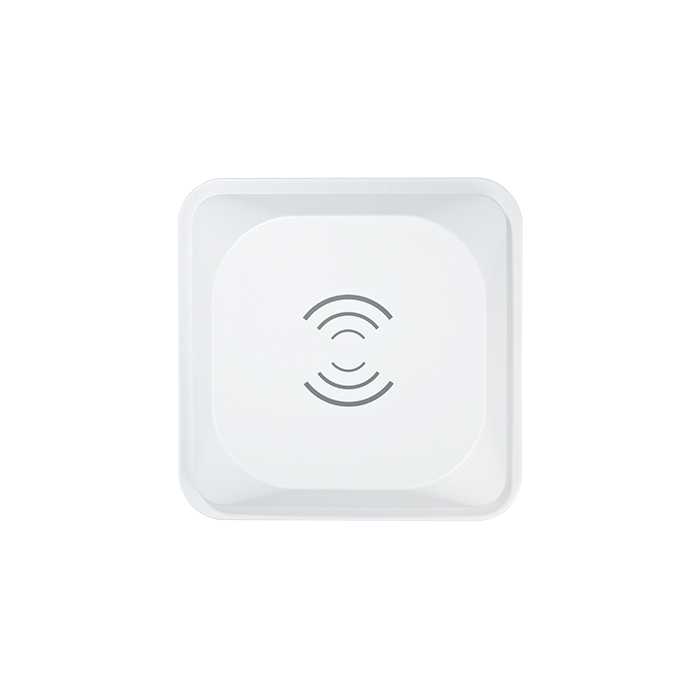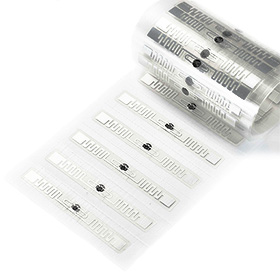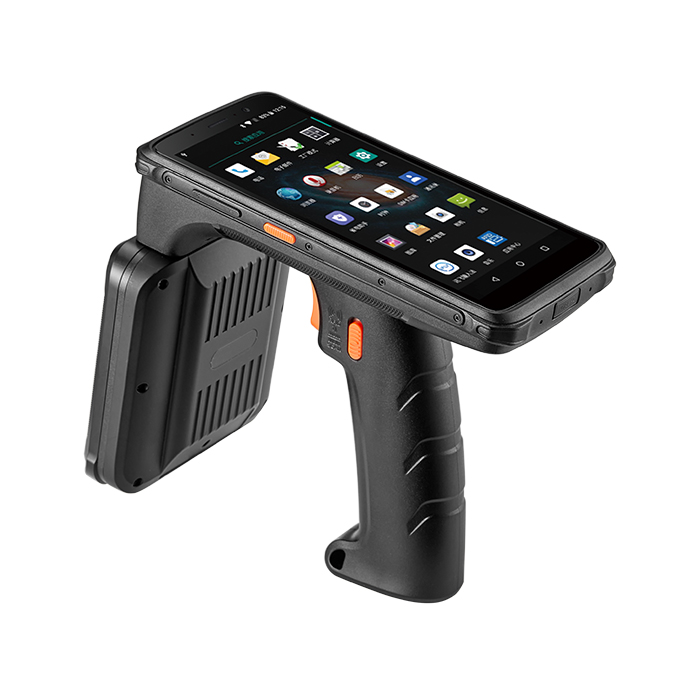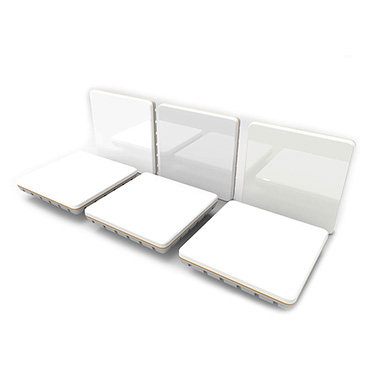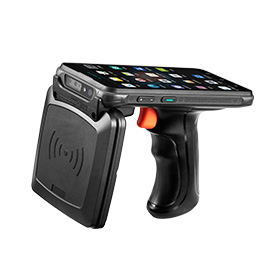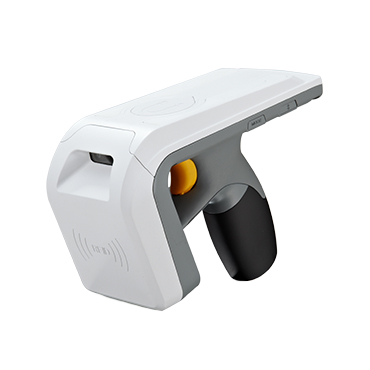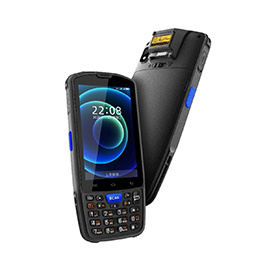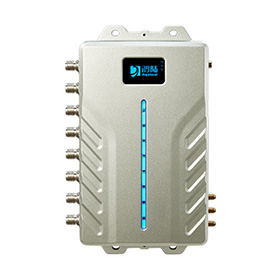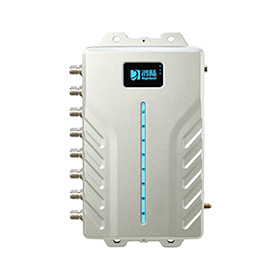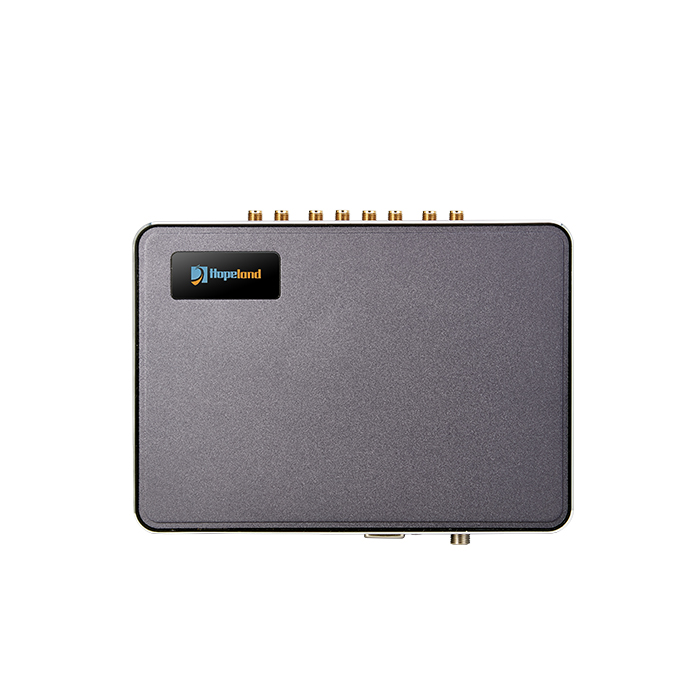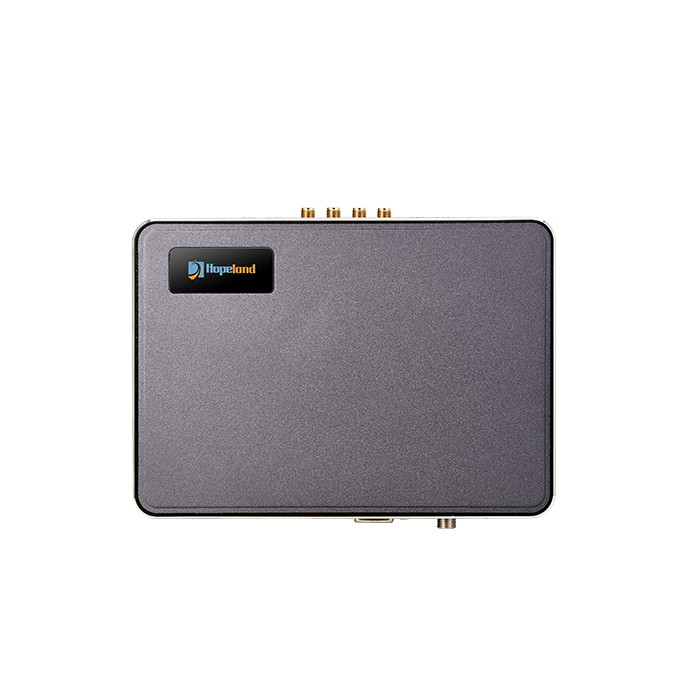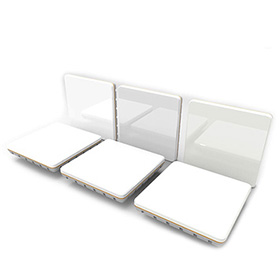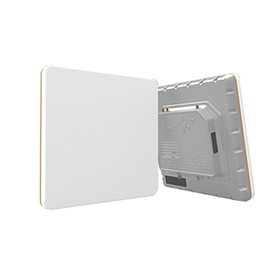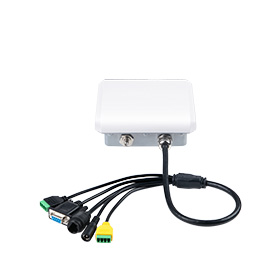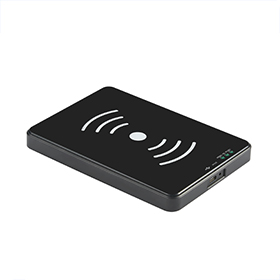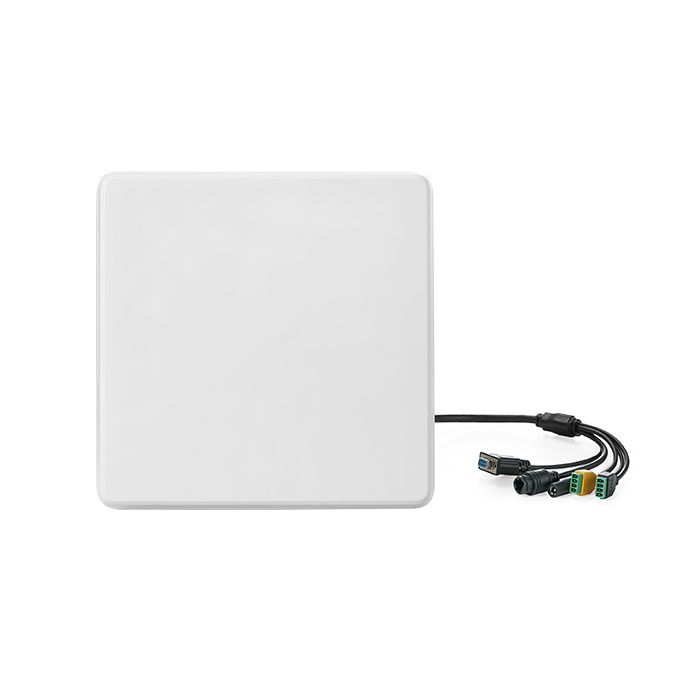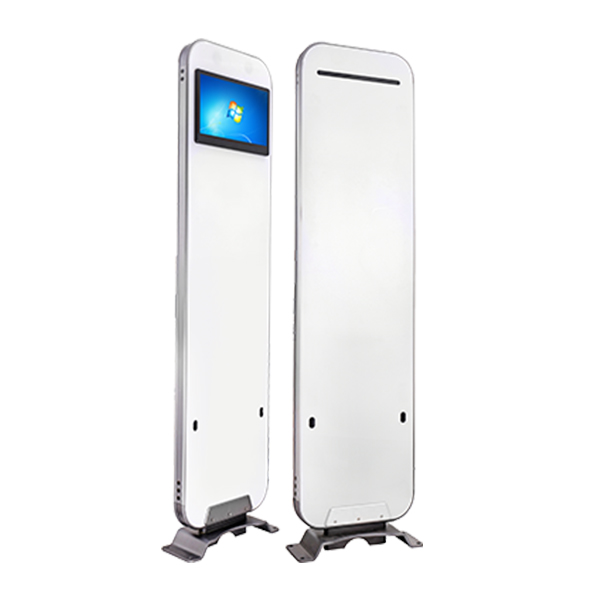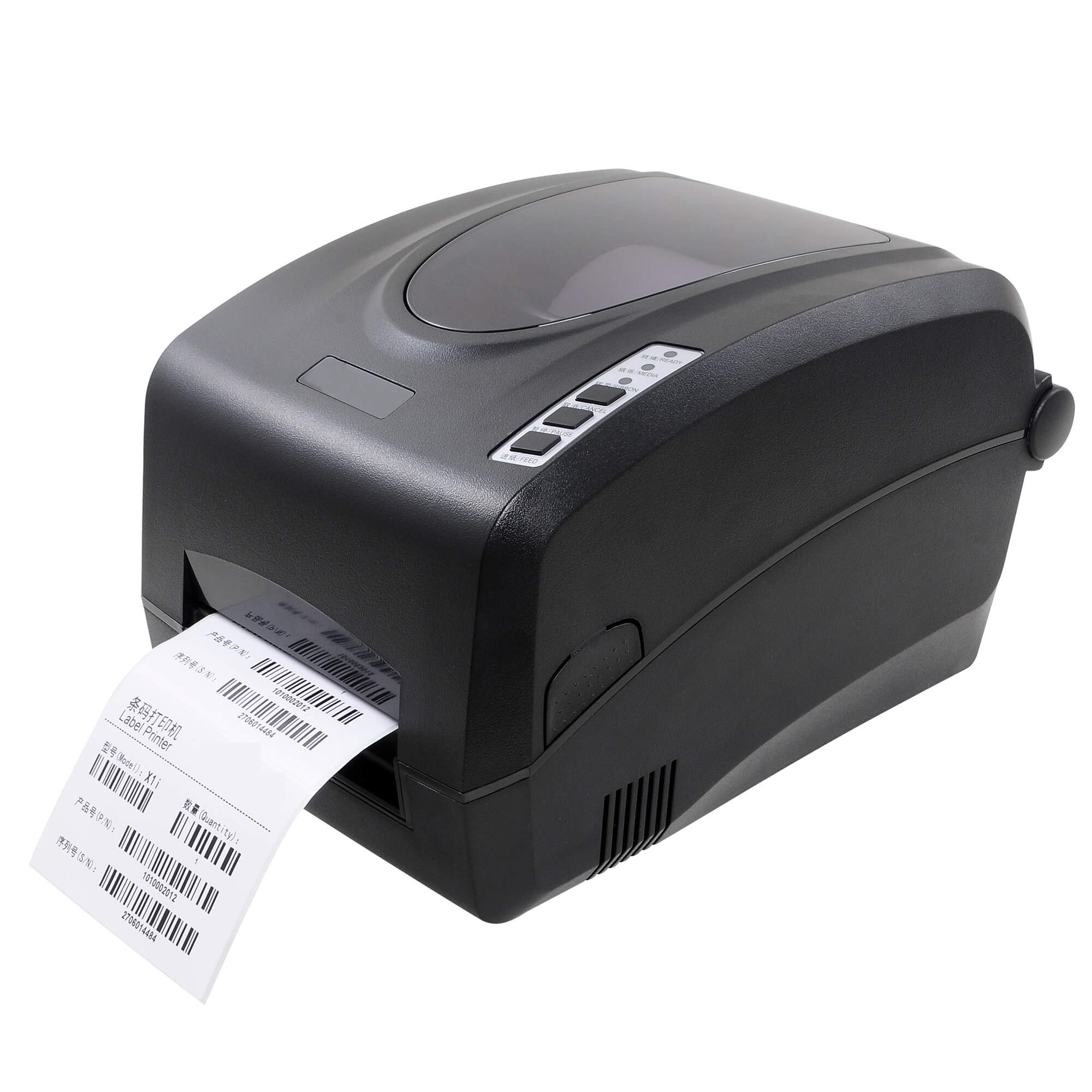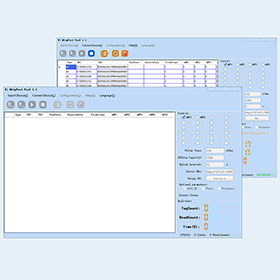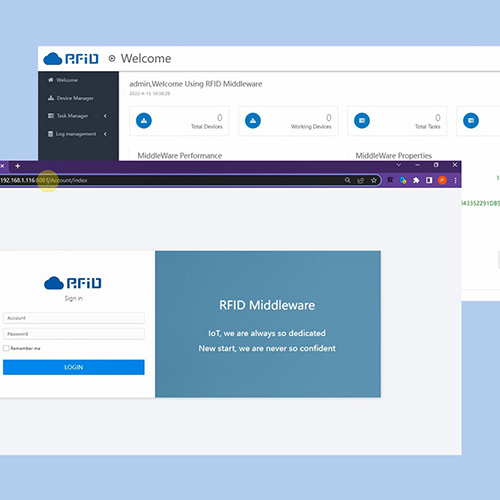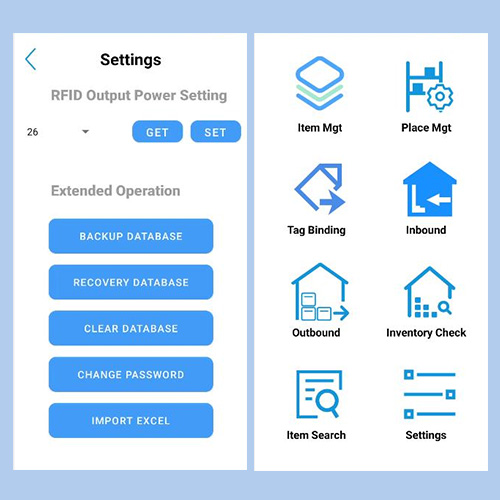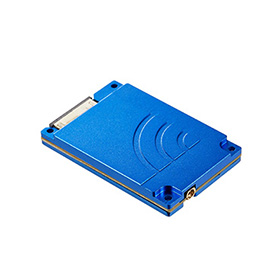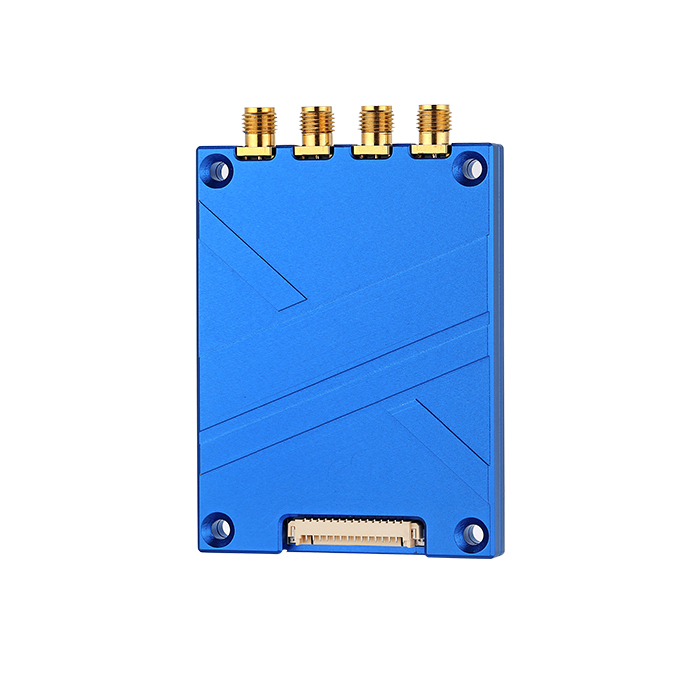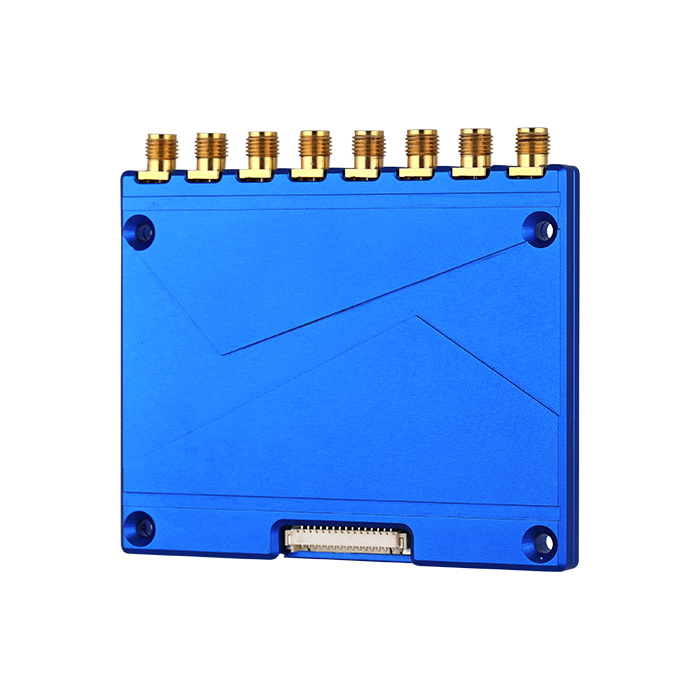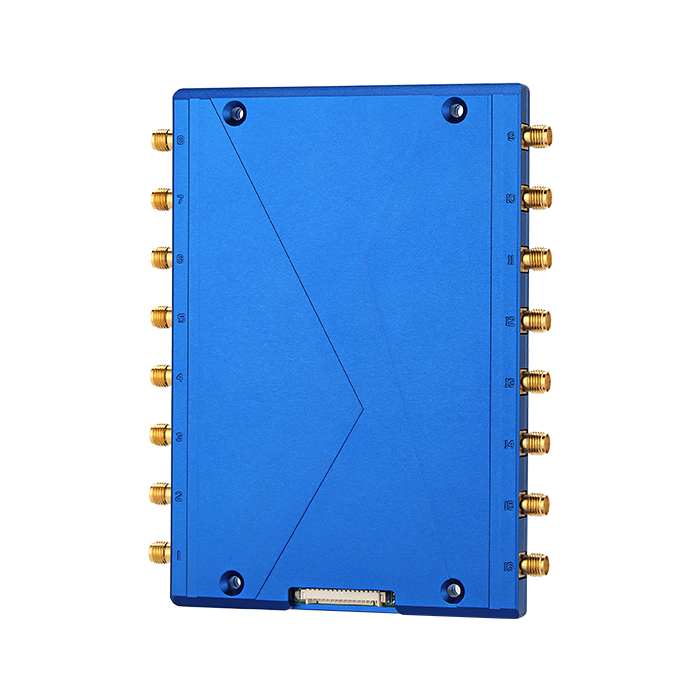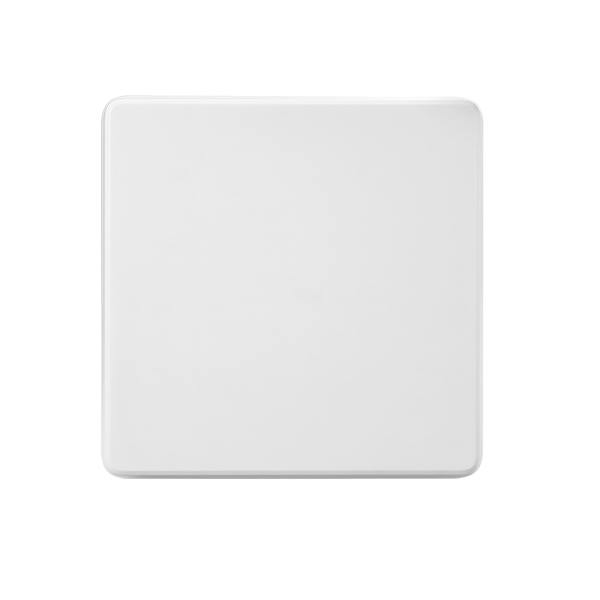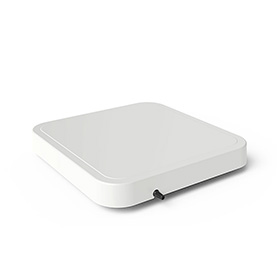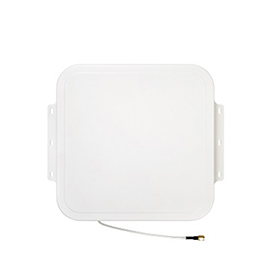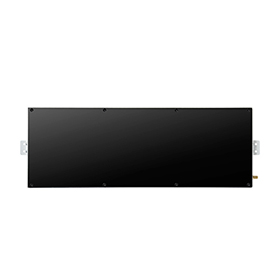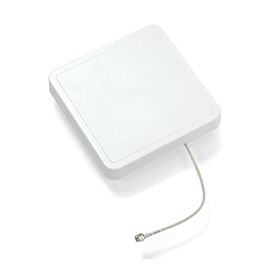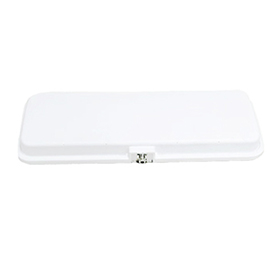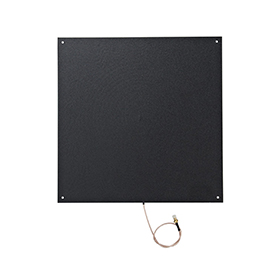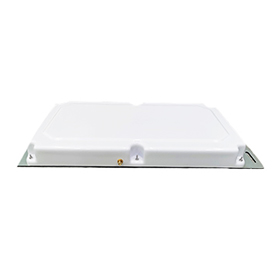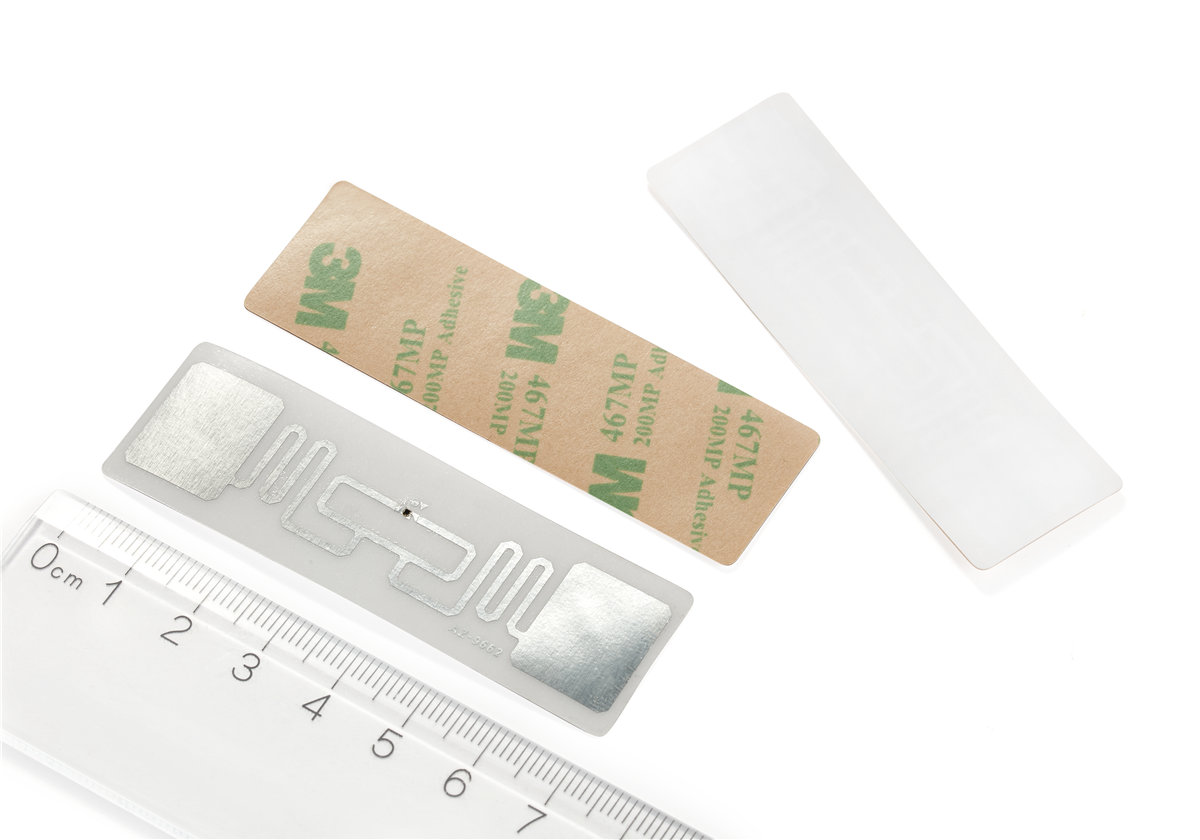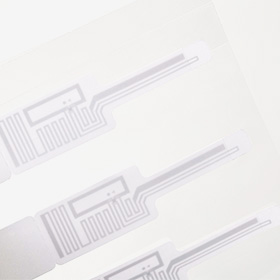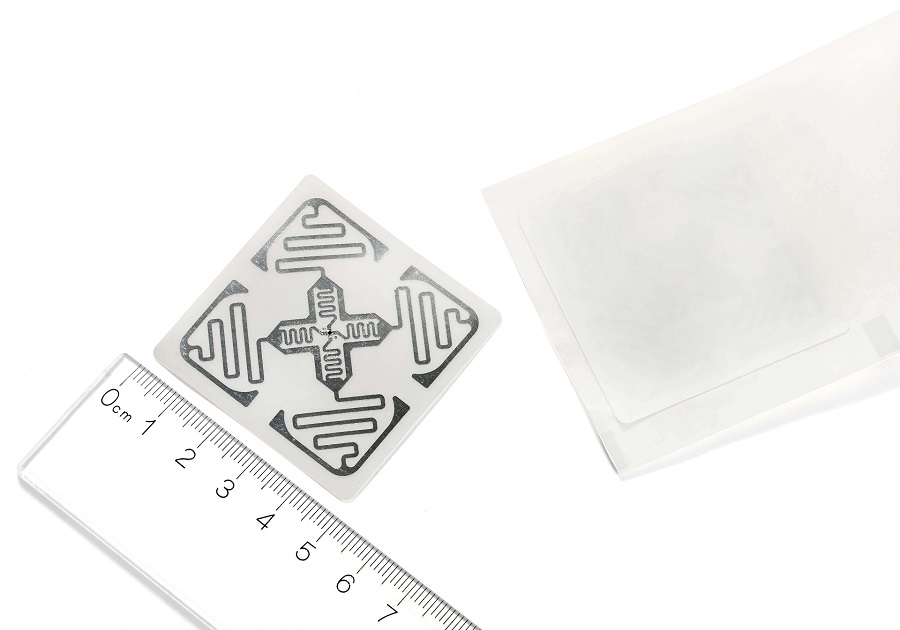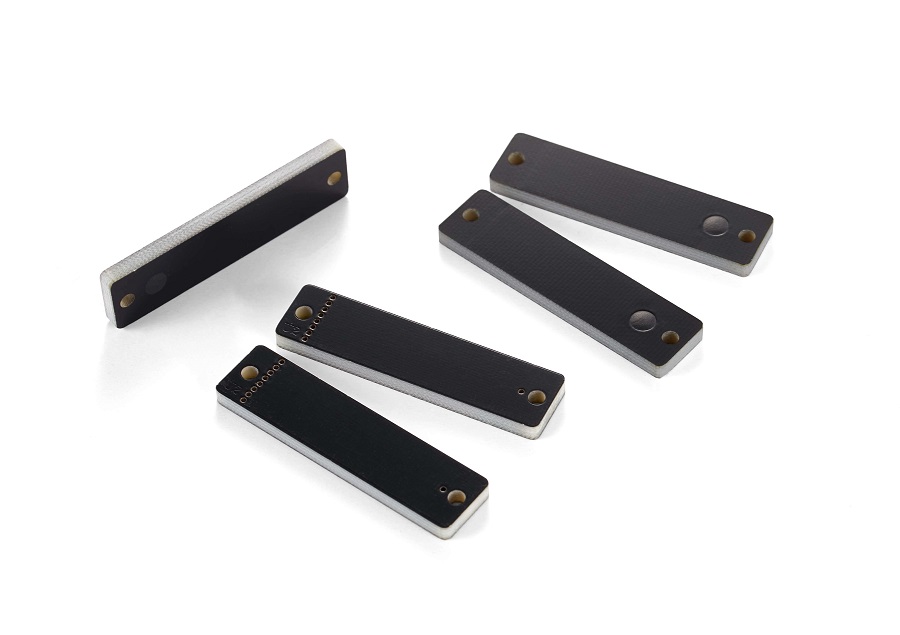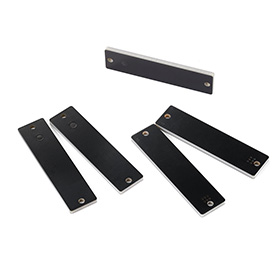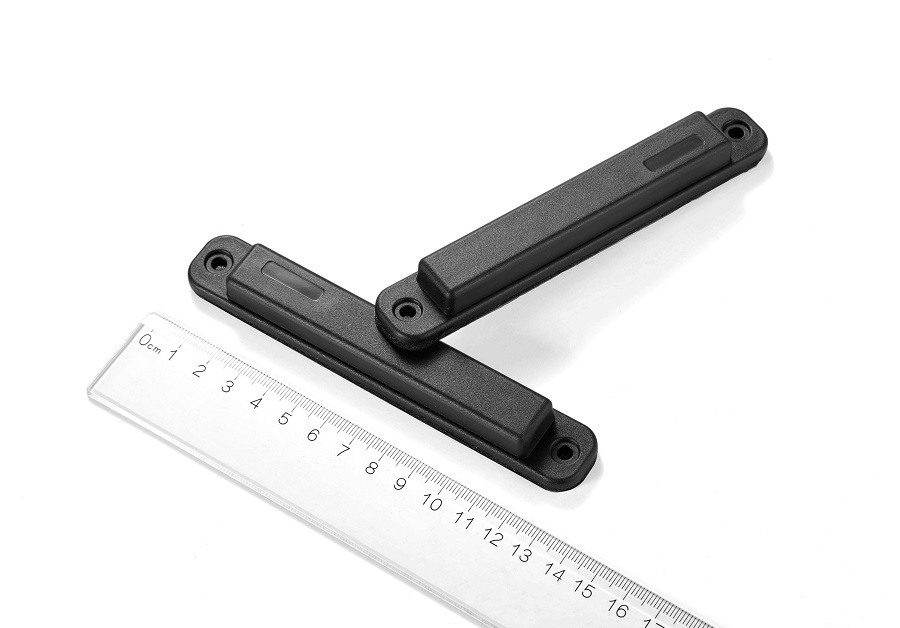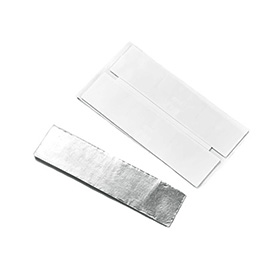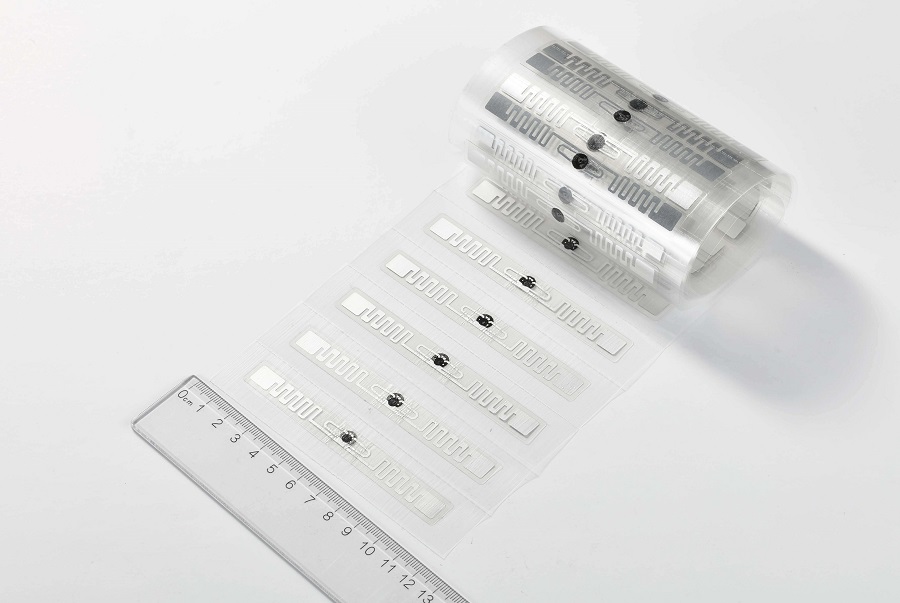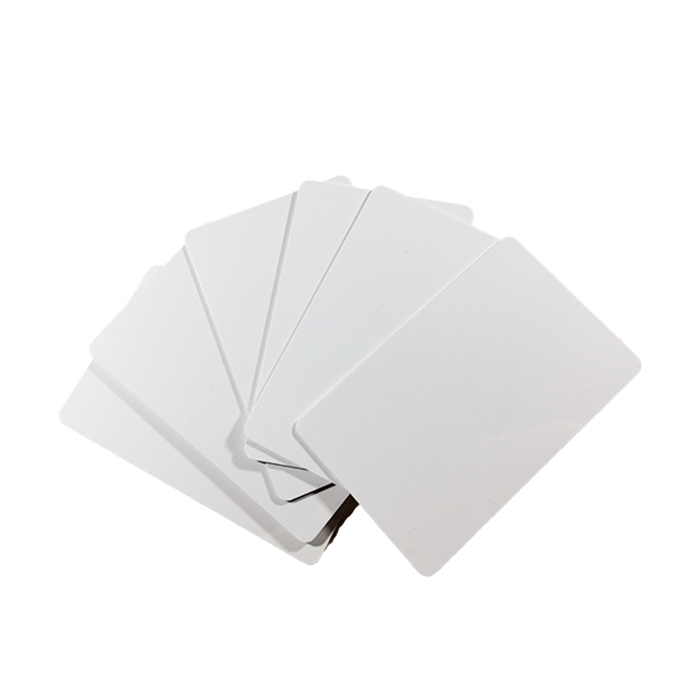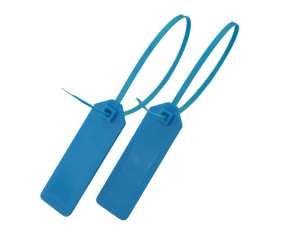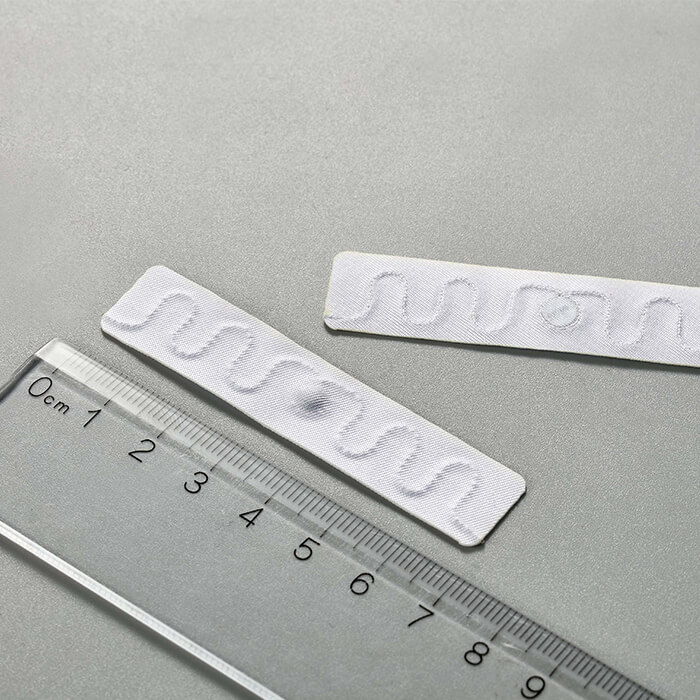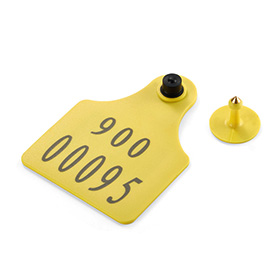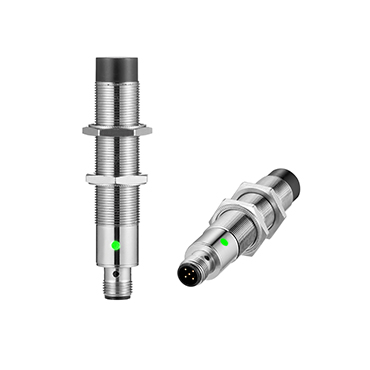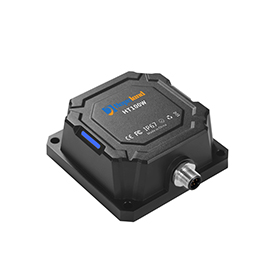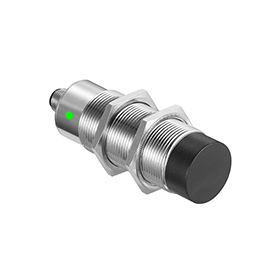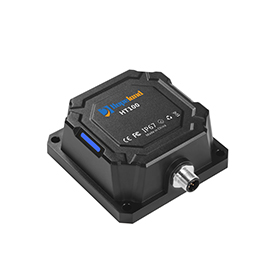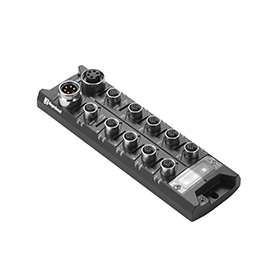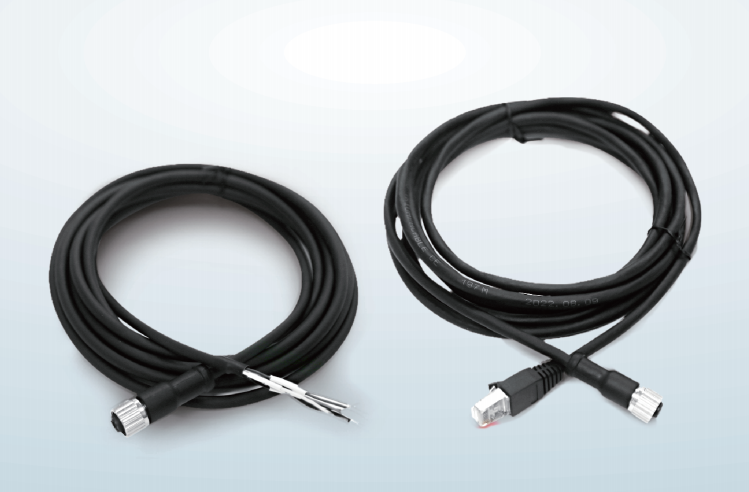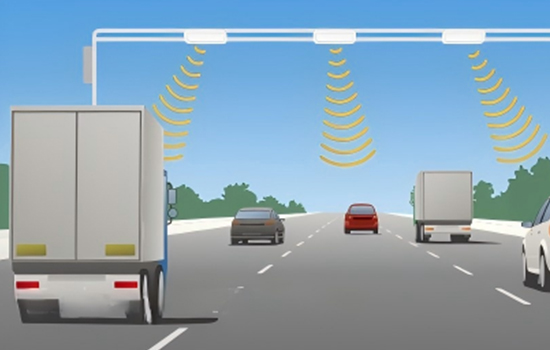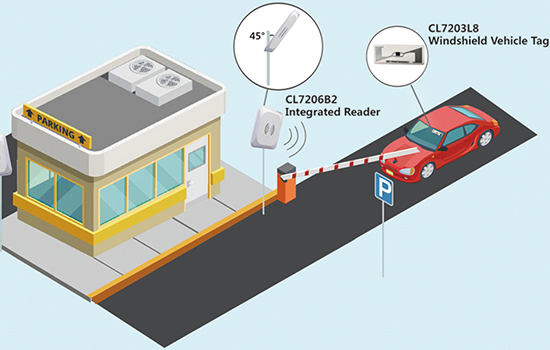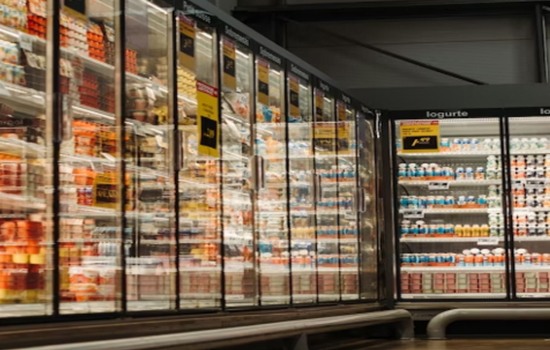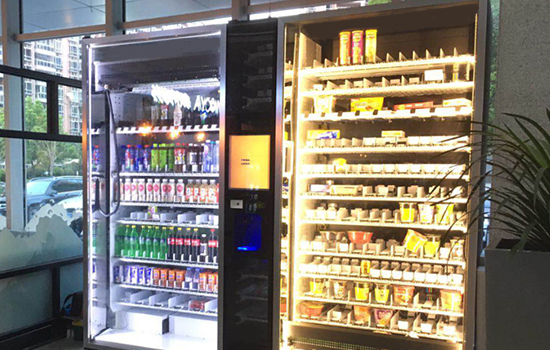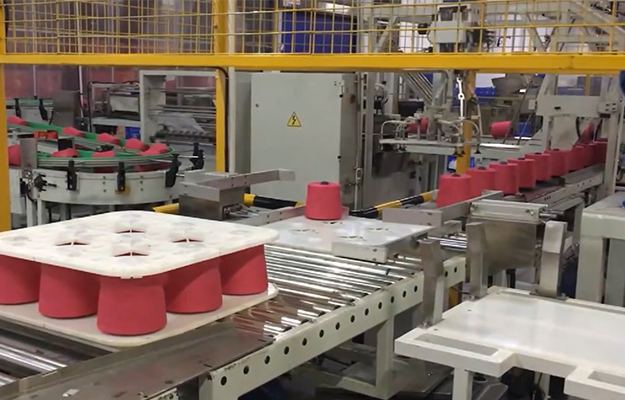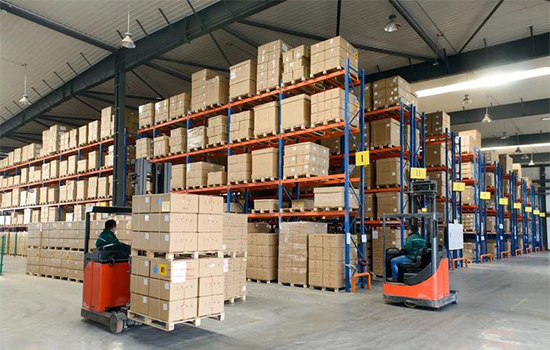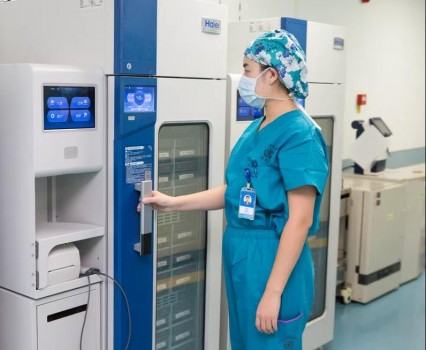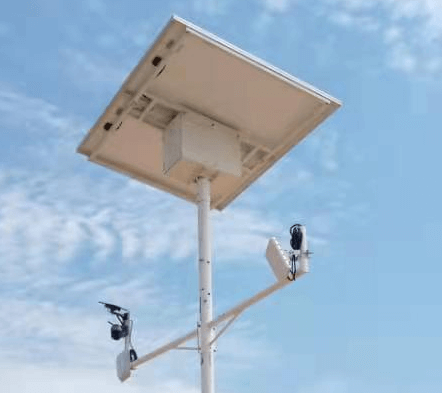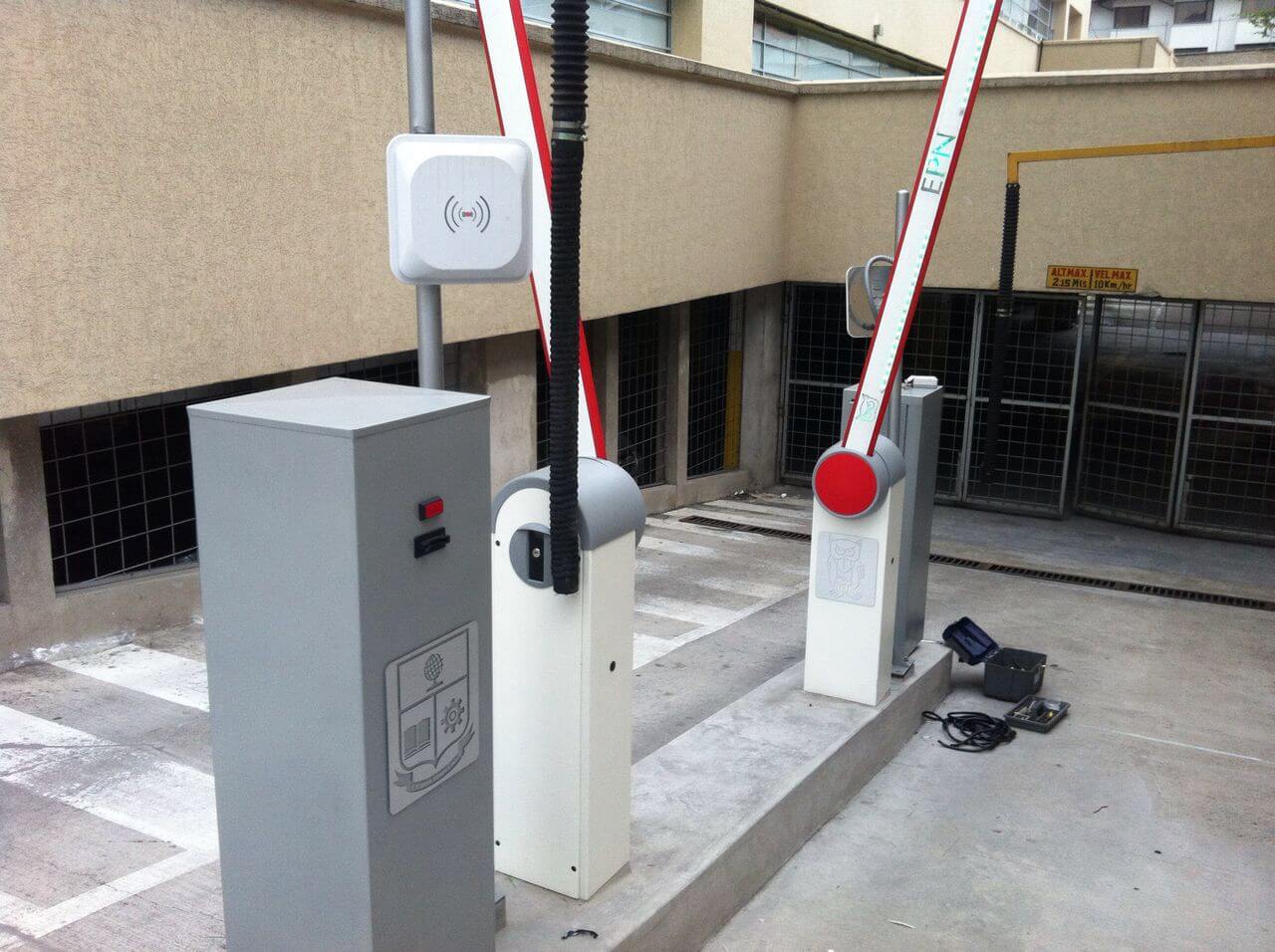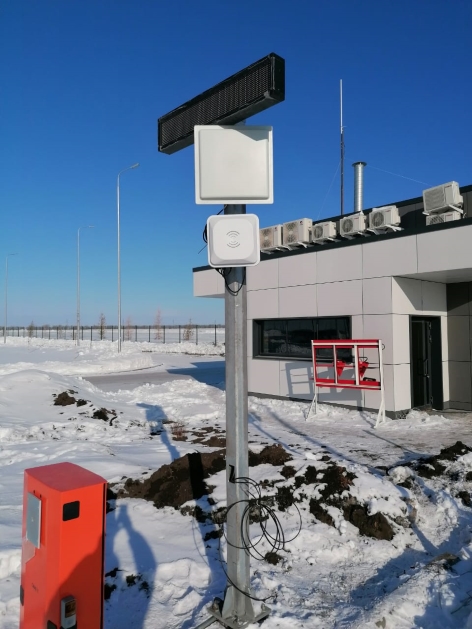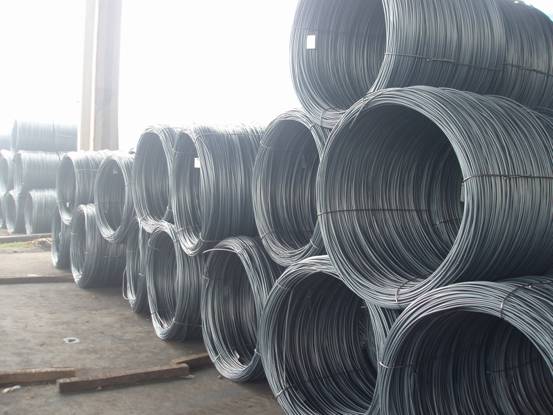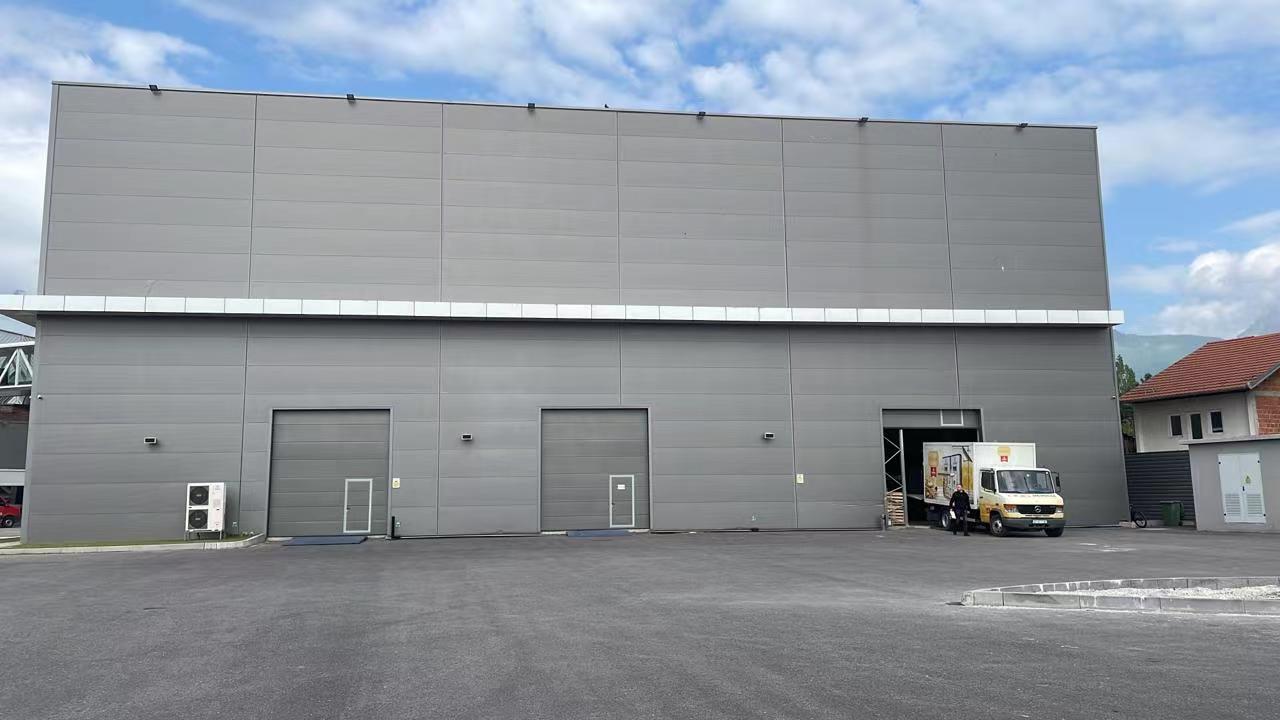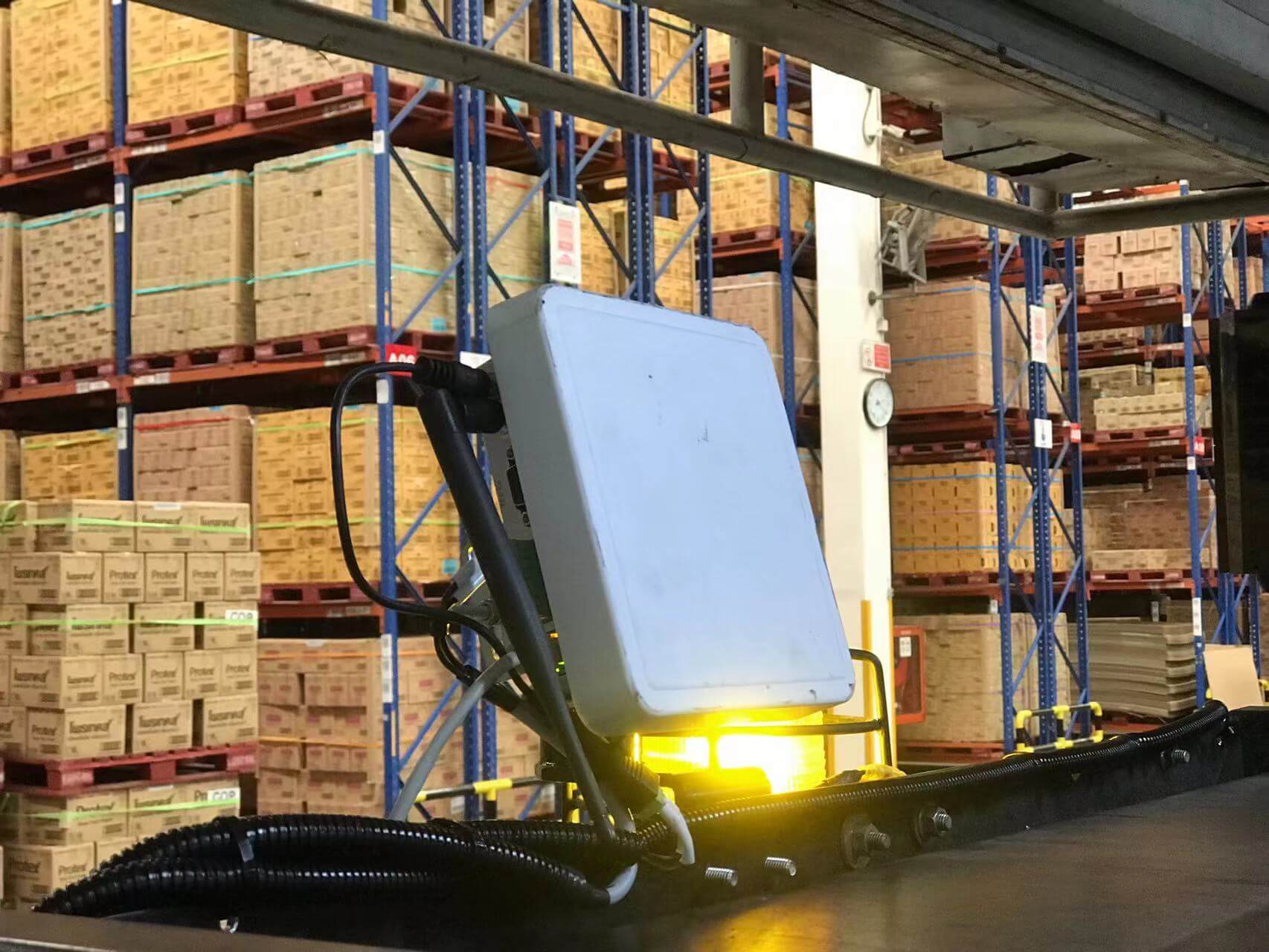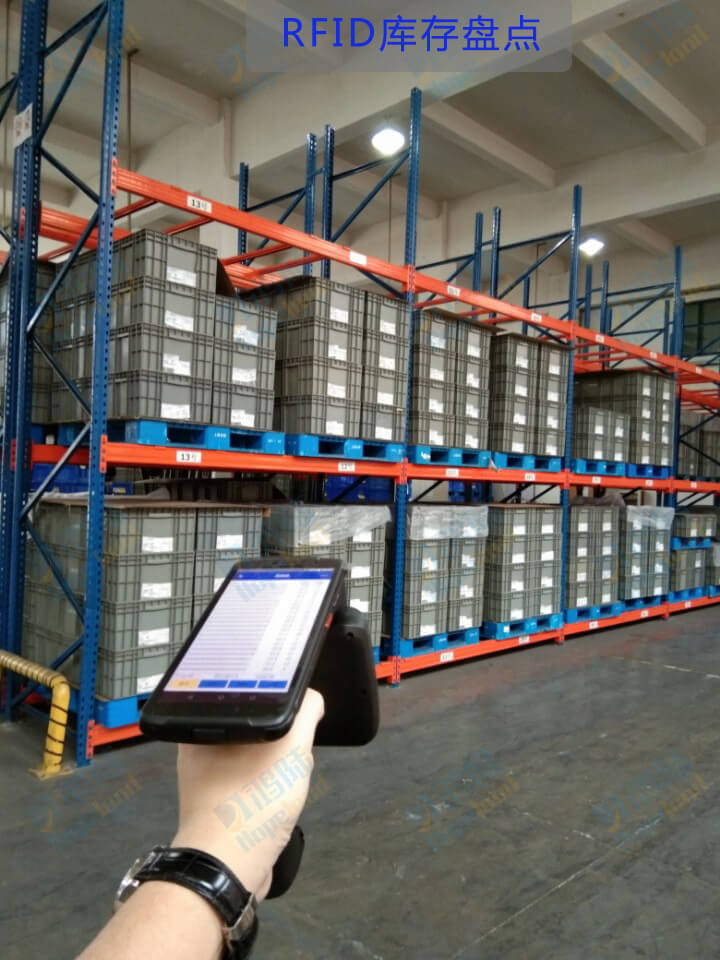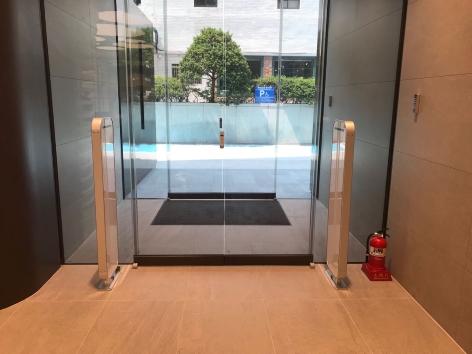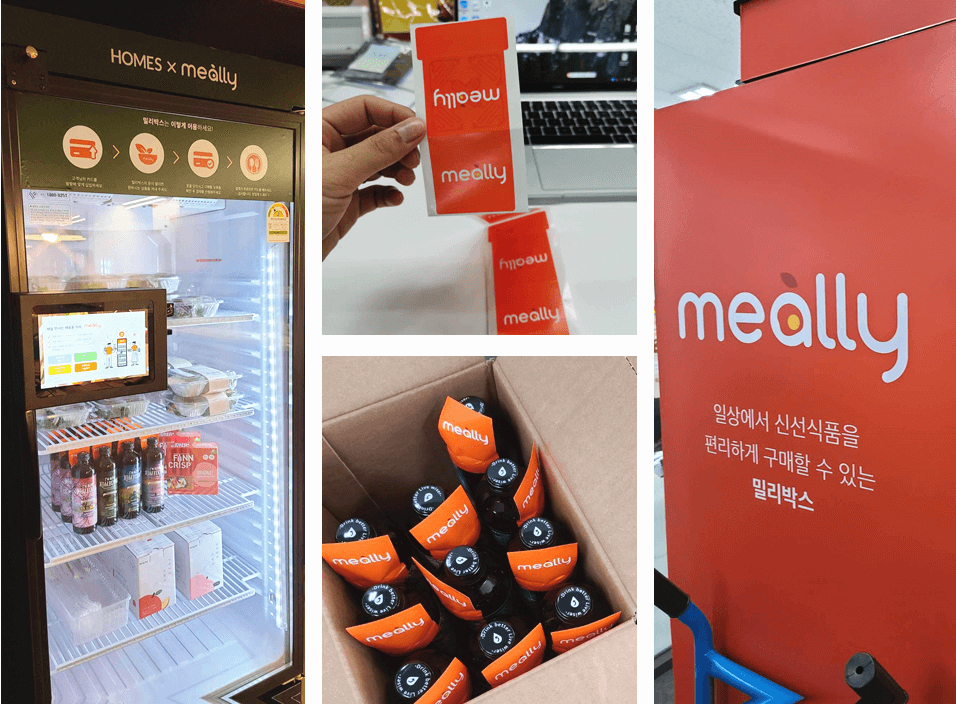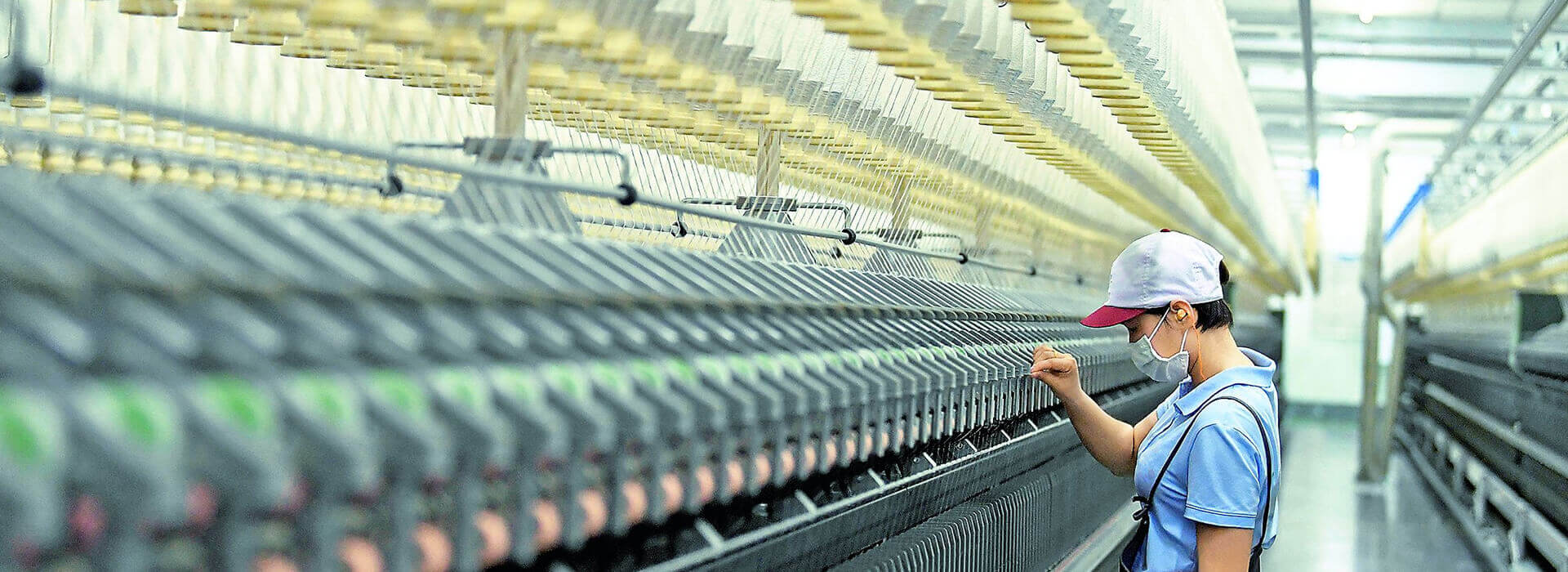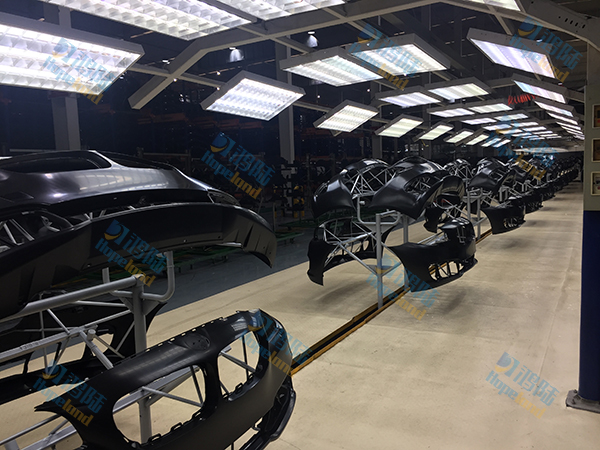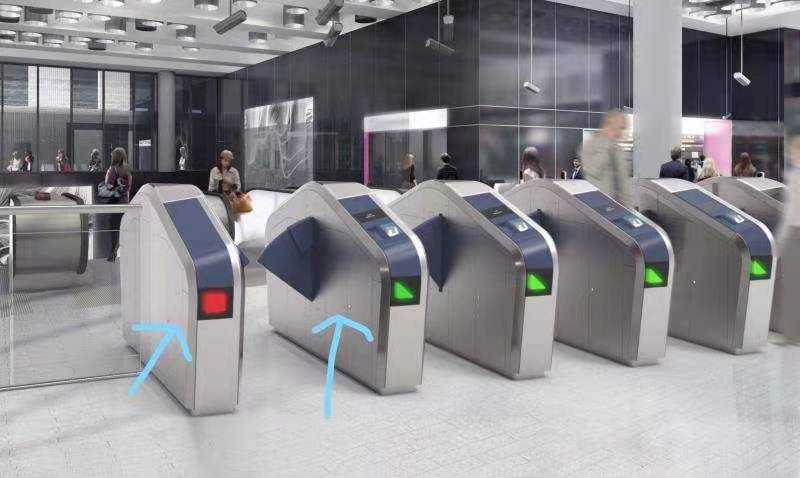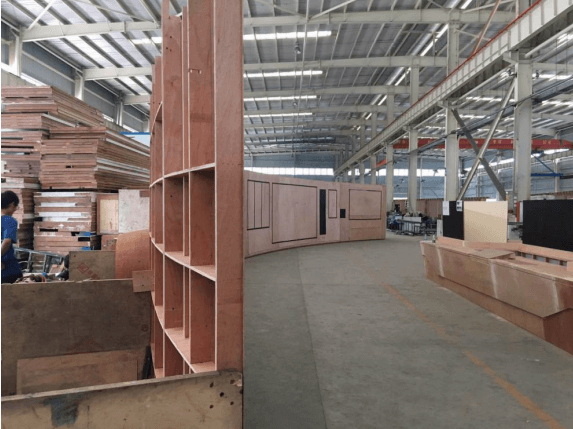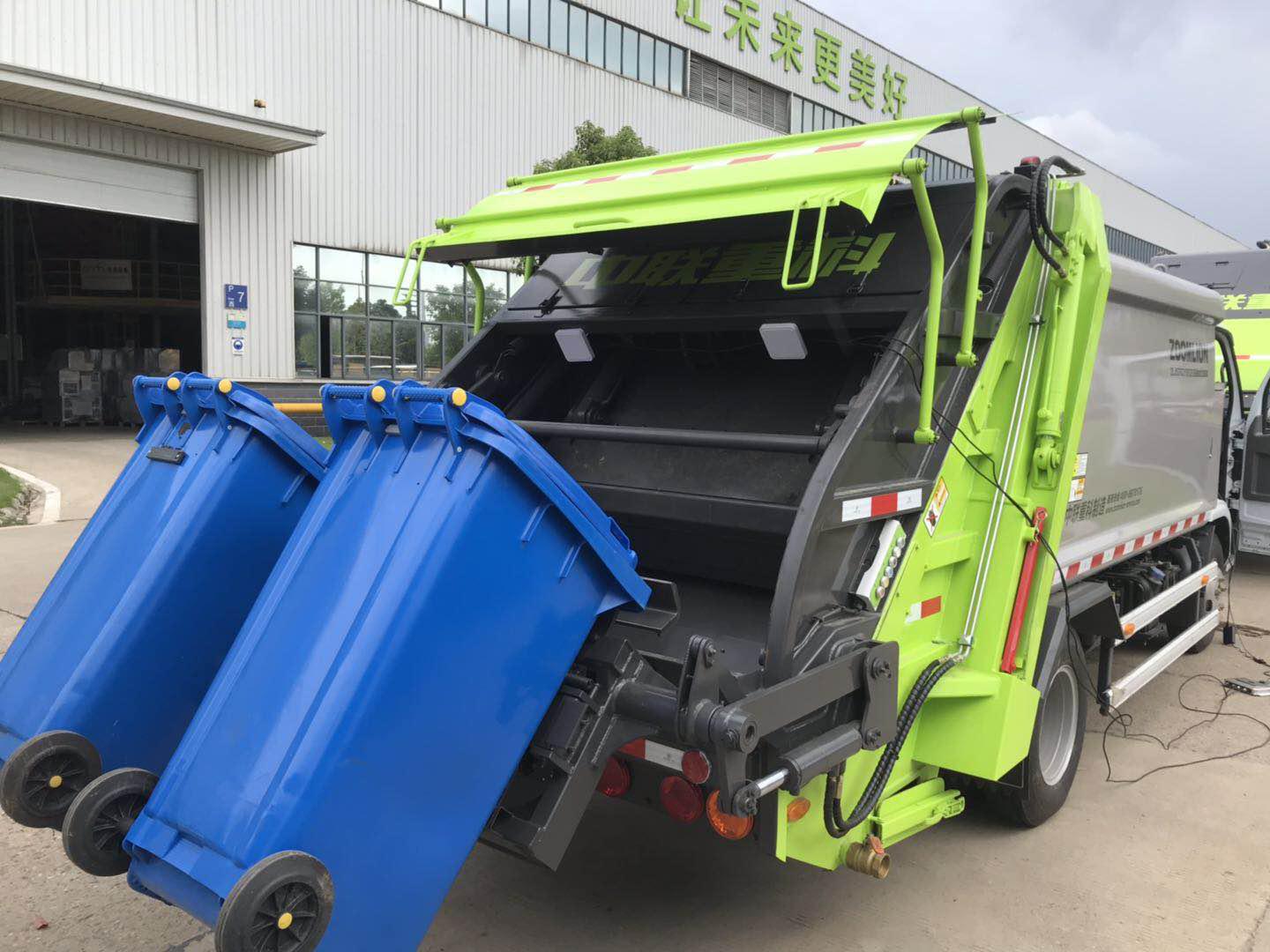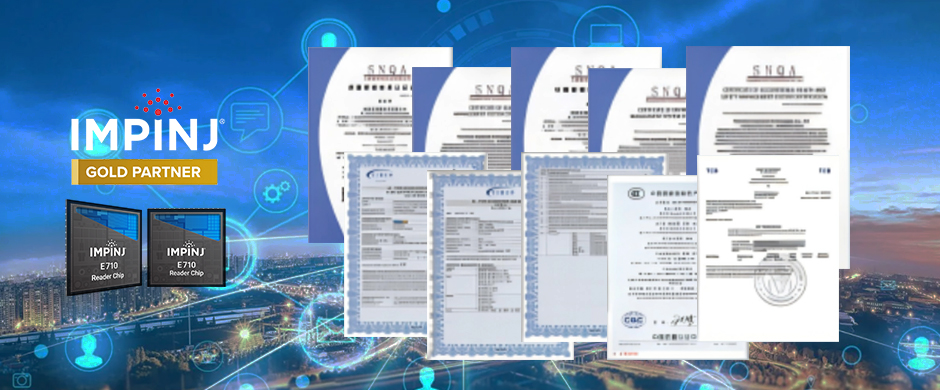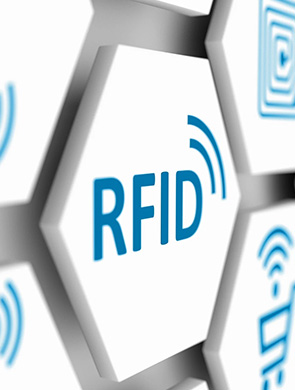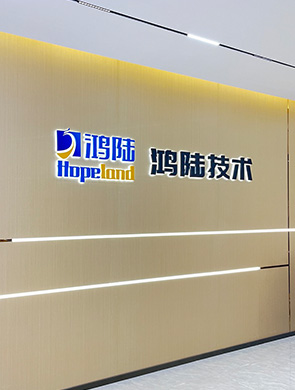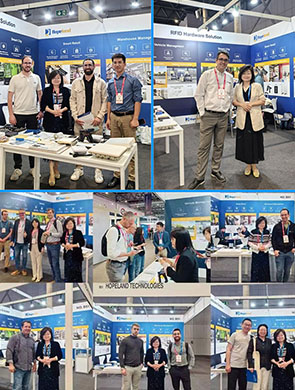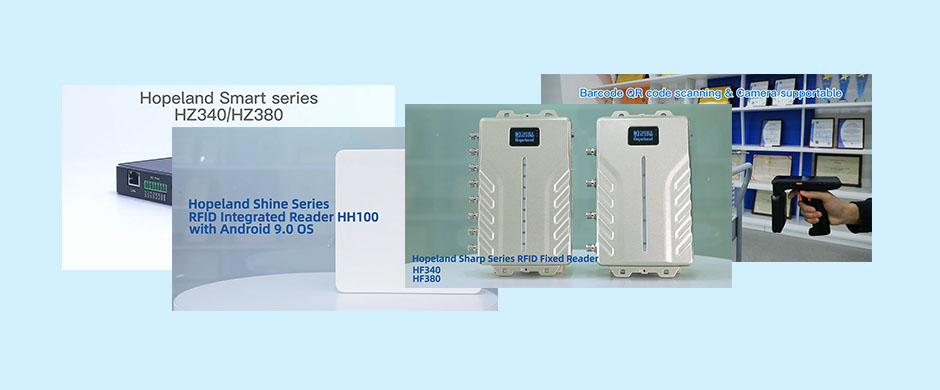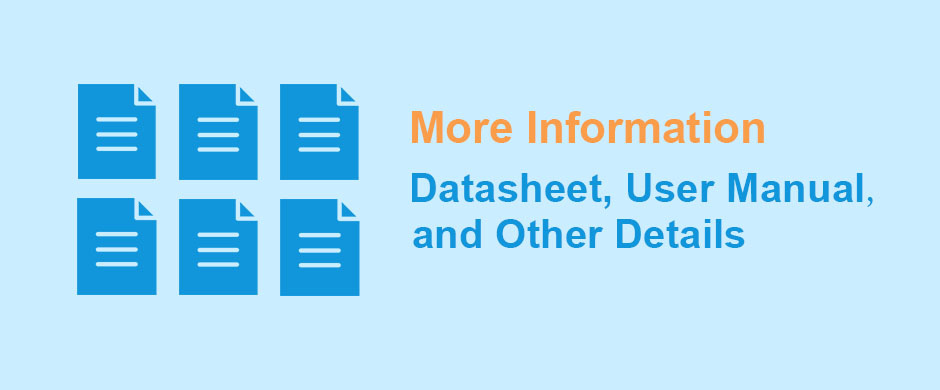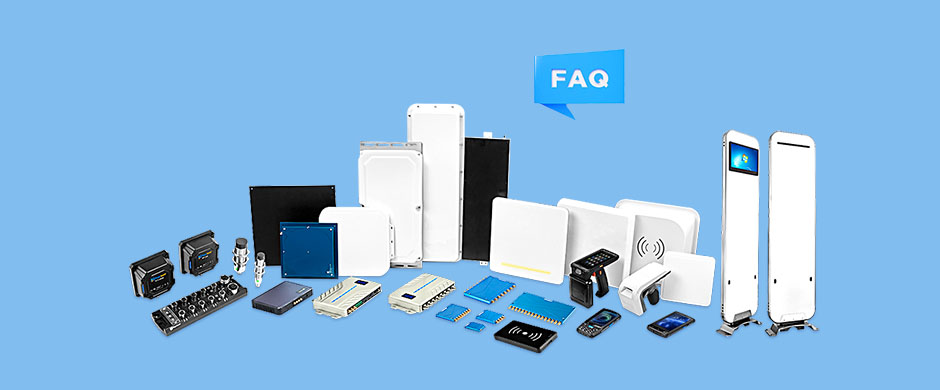RFID technology has long been used in supply chain management, mainly for tracking warehouse goods. However, due to its practicality and cost-saving aspects, RFID technology has also become essential in many other fields. When it comes to the healthcare industry specifically, the application of RFID devices is revolutionizing every aspect of the industry, such as patient tracking and management, warehouse asset management, and medication management, to name a few. In fact, the market size of RFID in healthcare is expected to grow by 17.85% by 2030. Therefore, this article will explore the application of RFID in healthcare in detail to assess its potential in this field.
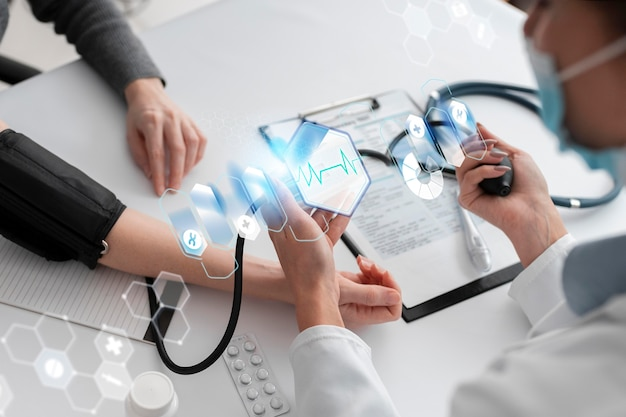
What is RFID Technology & How It Works?
Radio Frequency Identification (RFID) is a wireless communication technology that uses radio waves (electromagnetic fields) to identify and track objects automatically. There are three main components of RFID technology, i.e., RFID tags, RFID readers, and backend computer systems.
An RFID tag is a small RFID device that contains an antenna and a unique identifier. It is either attached or embedded in objects, such as medical equipment, patient wristbands, etc. If the RFID tag is "Active," it comes with its power source (battery) and can continuously transmit data to the RFID reader. However, if it is "Passive," then it relies on the signals emitted by the RFID reader to power and transmit data.
An RFID reader emits radio waves and receives unique identification data from the RFID tags within its range. Afterward, this RFID device converts the received radio waves to more useful data and sends it to the backend computer system.
The backend computer system is responsible for processing and storing data received from RFID readers. So, we can summarize the working principle of RFID technology in the below steps:
1. RFID reader emits a radio signal.
2. The radio signal powers the RFID tag, which transmits its unique identifier back to the reader.
3. The RFID reader captures the transmitted data and sends it to the backend computer system for processing.
This way, RFID devices offer real-time, automated data capturing, helping healthcare providers modernize their workflows and patient treatment processes.
Applications of RFID Devices in Healthcare
There is a wide range of applications for RFID devices in healthcare. Some of the main areas of application include the following:"
Patient Tracking
RFID devices can streamline patient tracking and identification within healthcare facilities. With RFID bands girded around patients' wrists, the hospital staff can accurately identify/locate patients. The bands can include all the patient's information, such as name, medical record, etc. This helps to reduce the chances of misidentification, improves response time, and ensures the right patient receives the right care.
Asset Management
RFID devices make asset management and tracking an automated process. When the medical tools are equipped with RFID tags, the hospital staff can track their location, usage, and availability status. This helps to reduce the chances of theft and mishandling of valuable equipment.
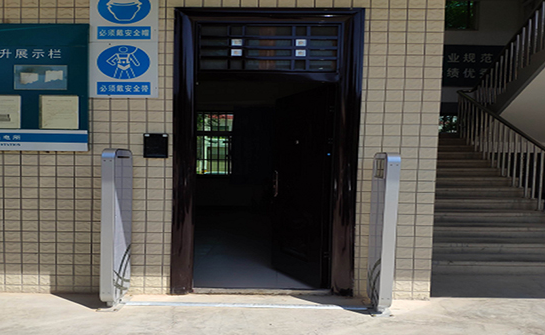
Medication Administration
Other than medical equipment, medication administration is another critical aspect of healthcare that can significantly benefit from RFID technology. With RFID-based administration systems, the staff can ensure real-time inventory management by autonomously monitoring stock availability, expiry dates, etc. This helps to manage inventory and reduce medication errors efficiently.
Enhanced Patient Safety
RFID devices can help to enhance patient safety in several ways. RFID technology can track patients in intensive care units, operating rooms, or other high-risk areas. Similarly, RFID systems can provide instant alerts in case of emergencies. In short, RFID-powered systems can play a significant role in ensuring patients' care and safety.
Medical Staff Tracking
The medical staff at the hospital can wear RFID-equipped badges or bracelets to get their real-time location through IoT tracking software. This allows supervisors to easily find nurses/doctors in emergencies, reduce overwork, and identify loopholes in hospital workflows.
Hopeland – The Leading Provider of Top-Notch RFID Devices
Although RFID technology promises to revolutionize the healthcare industry, partnering with a trusted and resourceful provider of RFID devices is essential to ensure successful and rewarding implementation. This is exactly where Hopeland shines as a trustworthy and certified RFID device manufacturer.
With over 13 years of market experience and acknowledgment by Fortune 500 companies, Hopeland is renowned for delivering top-notch RFID devices. From UHF RFID Readers, RFID Tags, and RFID antennas to Handheld Terminals, Middleware, and System Software, Hopeland has specialized in developing RFID devices tailored to healthcare organizations' unique needs.
Below is a glimpse of two of the top-notch Hopeland RFID products:
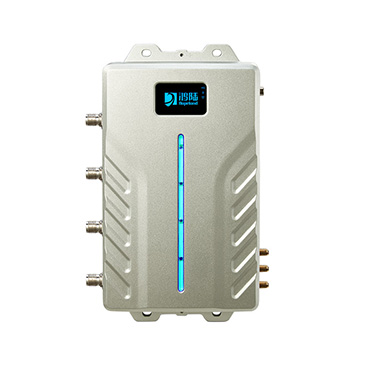
Shine Series HH340 IoT Android Smart RFID Reader
Hopeland IoT Android Smart RFID Reader is a 4-port fixed reader that can read up to 600-900 tags/sec and also supports MQTT for reliable and real-time messaging services. This powerful RFID reader is equipped with an Impinj R2000/E710 chip, which makes them more sensitive and efficient; Wi-Fi, Bluetooth, USB, Wiegand, 4G, and more make it more adaptive to different environments. Moreover, it also features easy remote configuration with a web management platform. Besides that, it can also directly send data to a database or web URL (by HTTP POST communication).
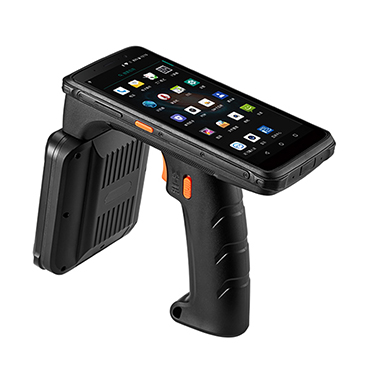
Wing Series HY820 UHF RFID Handheld Reader
Hopeland HY820 is an ultra-long handheld RFID reader that can read 400 tags/sec under the 0-15m range. Equipped with Impinj R2000/E710 chip, Android 9.0 OS, 13MP camera, Wi-Fi, Bluetooth, GPS, and 3G/4G, the UHF RFID reader provides accurate data collection for effective asset management. Moreover, it also supports tag search and data filtering.
Overall, Hopeland and its rich product line of RFID devices is the one-stop place for healthcare organizations to acquire top-of-the-line RFID solutions and unlock the full potential of this technology.
Summary
RFID technology has enormous potential to modernize and innovate many aspects of the healthcare industry. The applications of RFID devices discussed in this article provide a glimpse into how RFID can be a game changer for patient care and operational efficiency. However, it is also important to integrate the right RFID solution to maximize the benefits, which is Hopeland's promise to the public. Therefore, we will close this article by recommending that you explore Hopeland's high-quality RFID equipment and custom solutions, sincerely hope to utilize RFID technology in your healthcare infrastructure for seamless integration.

